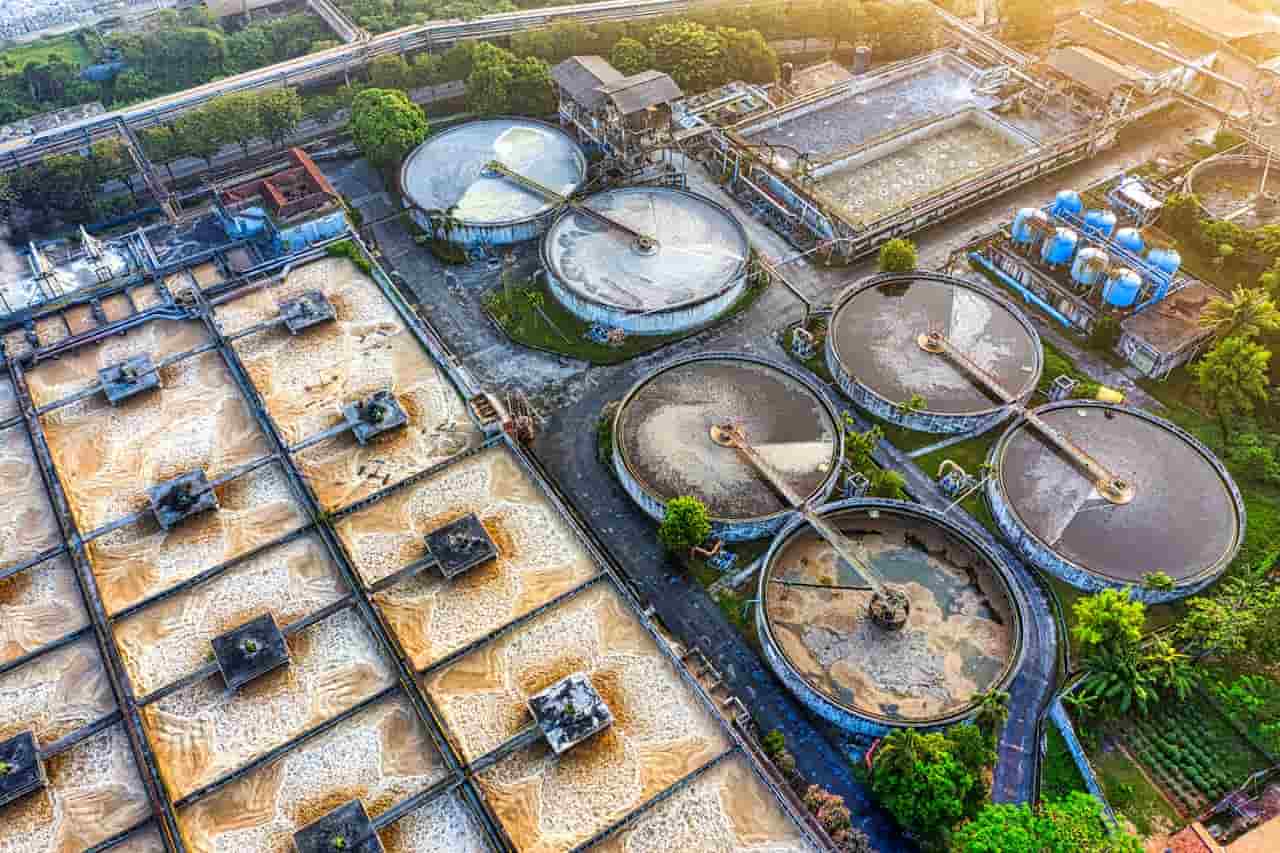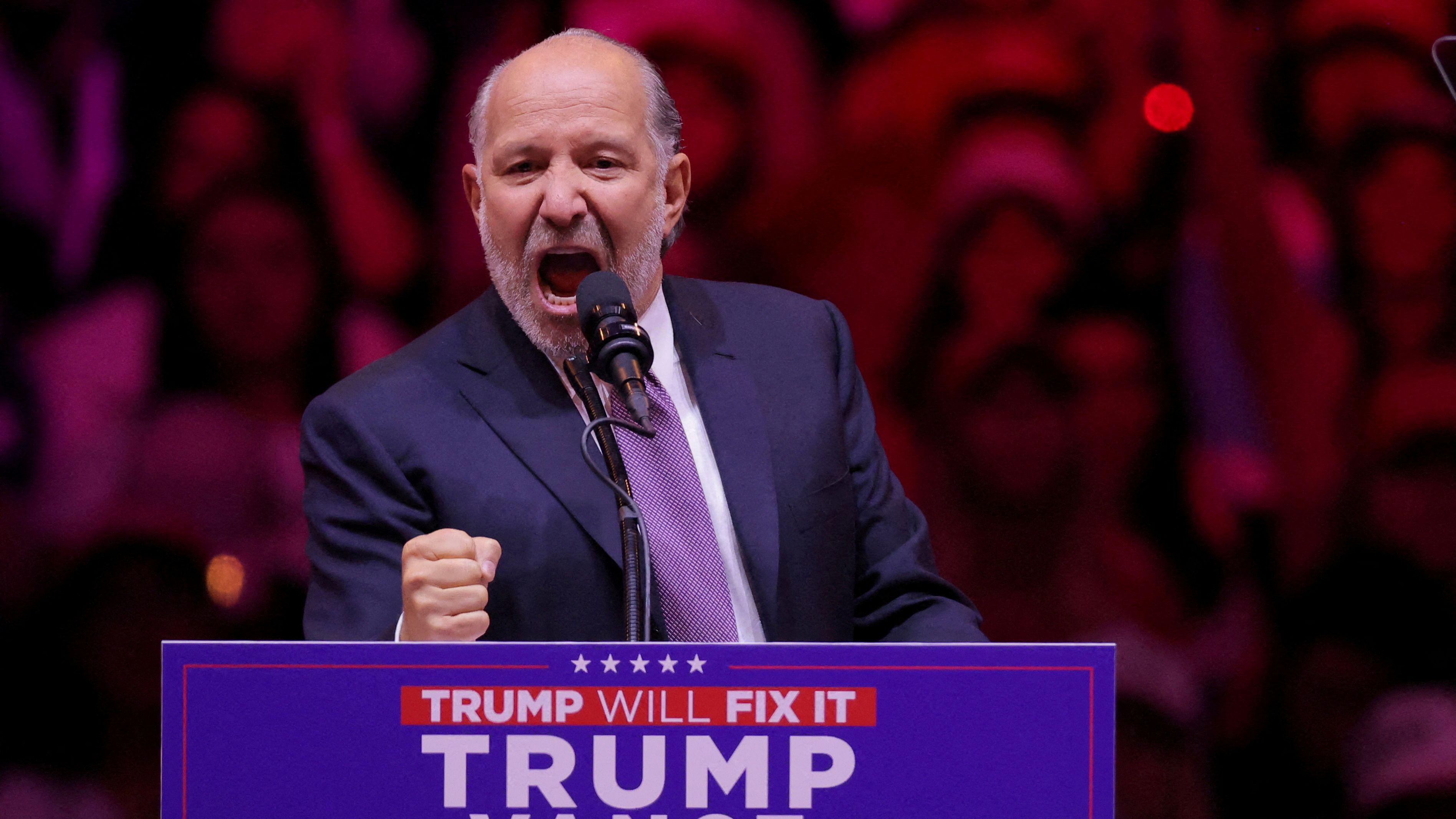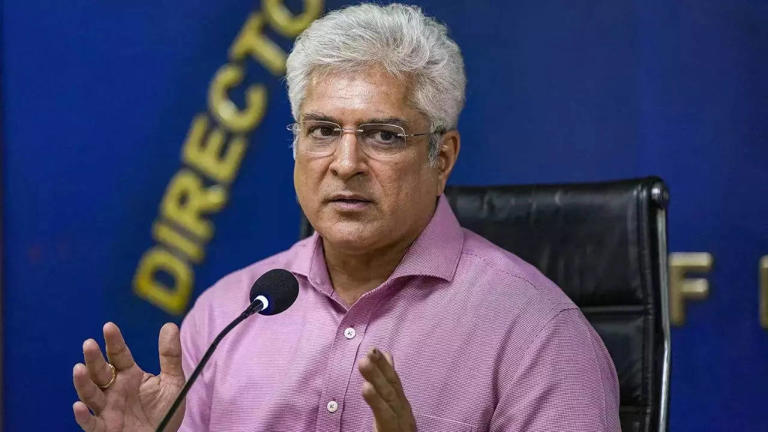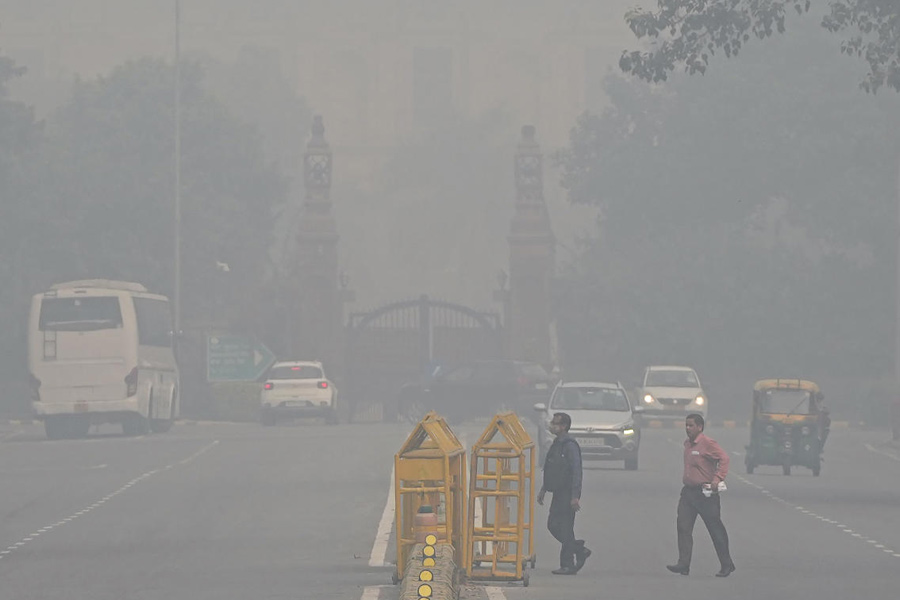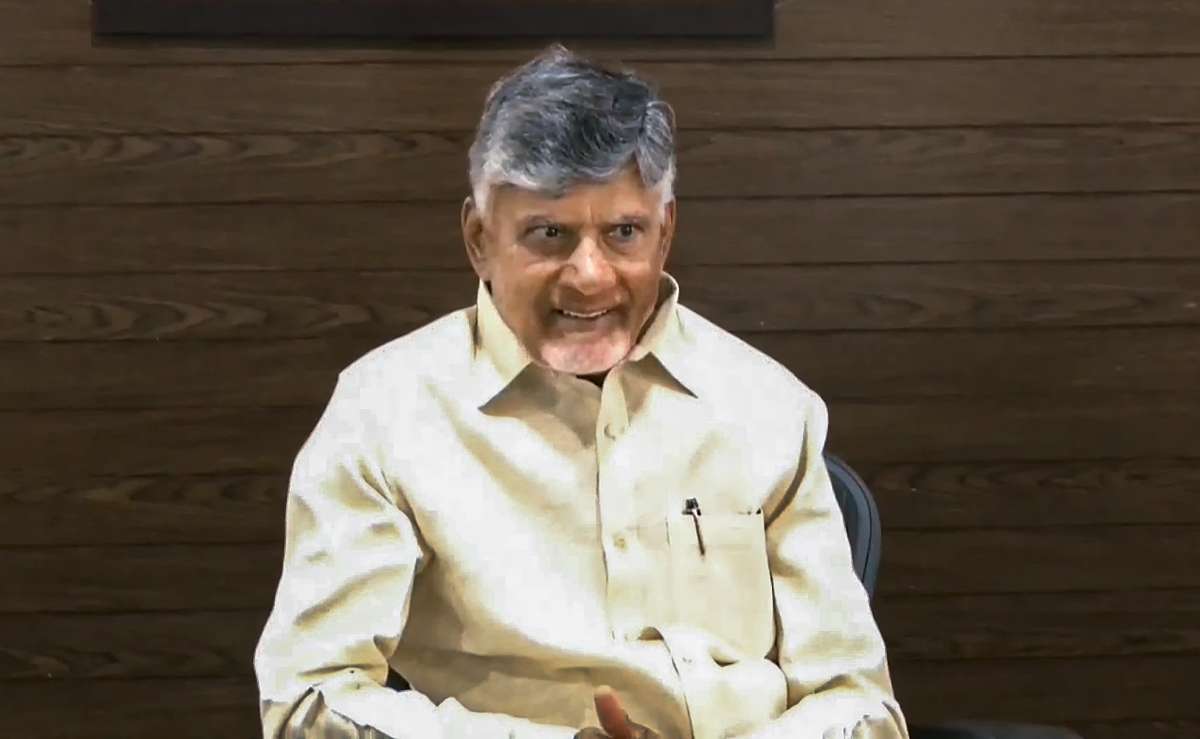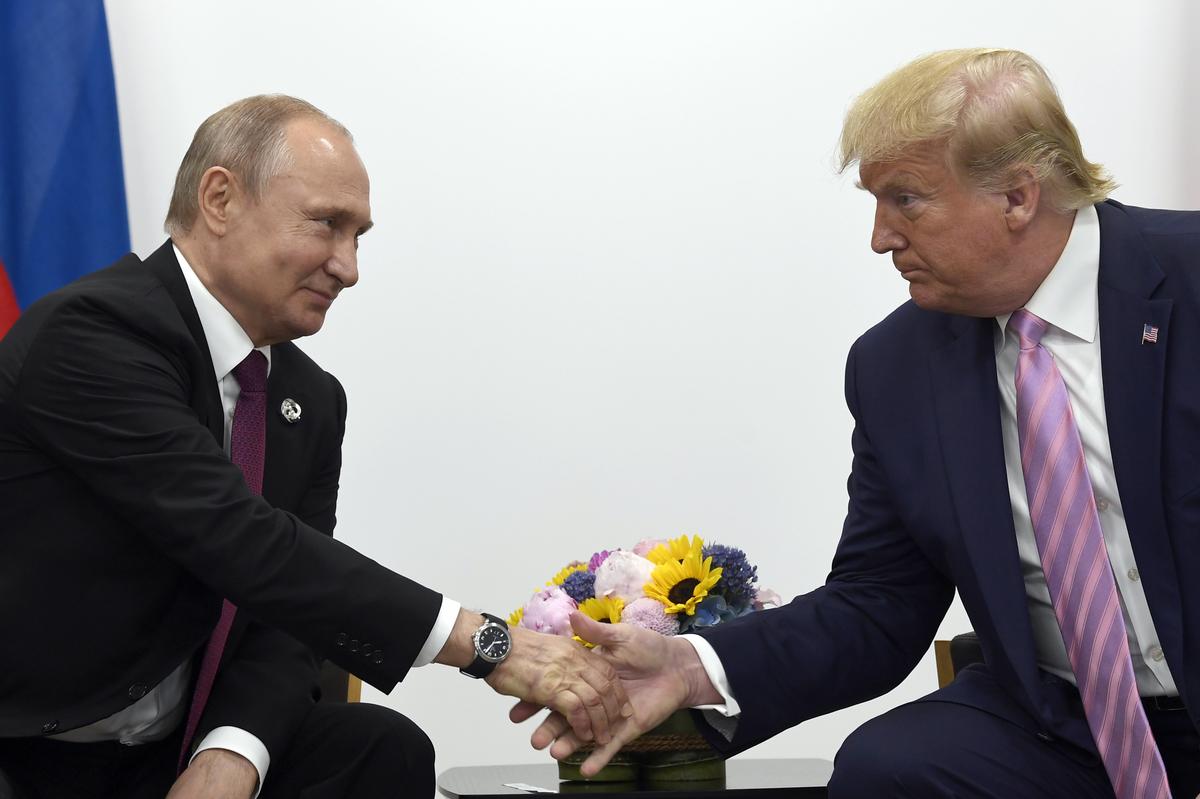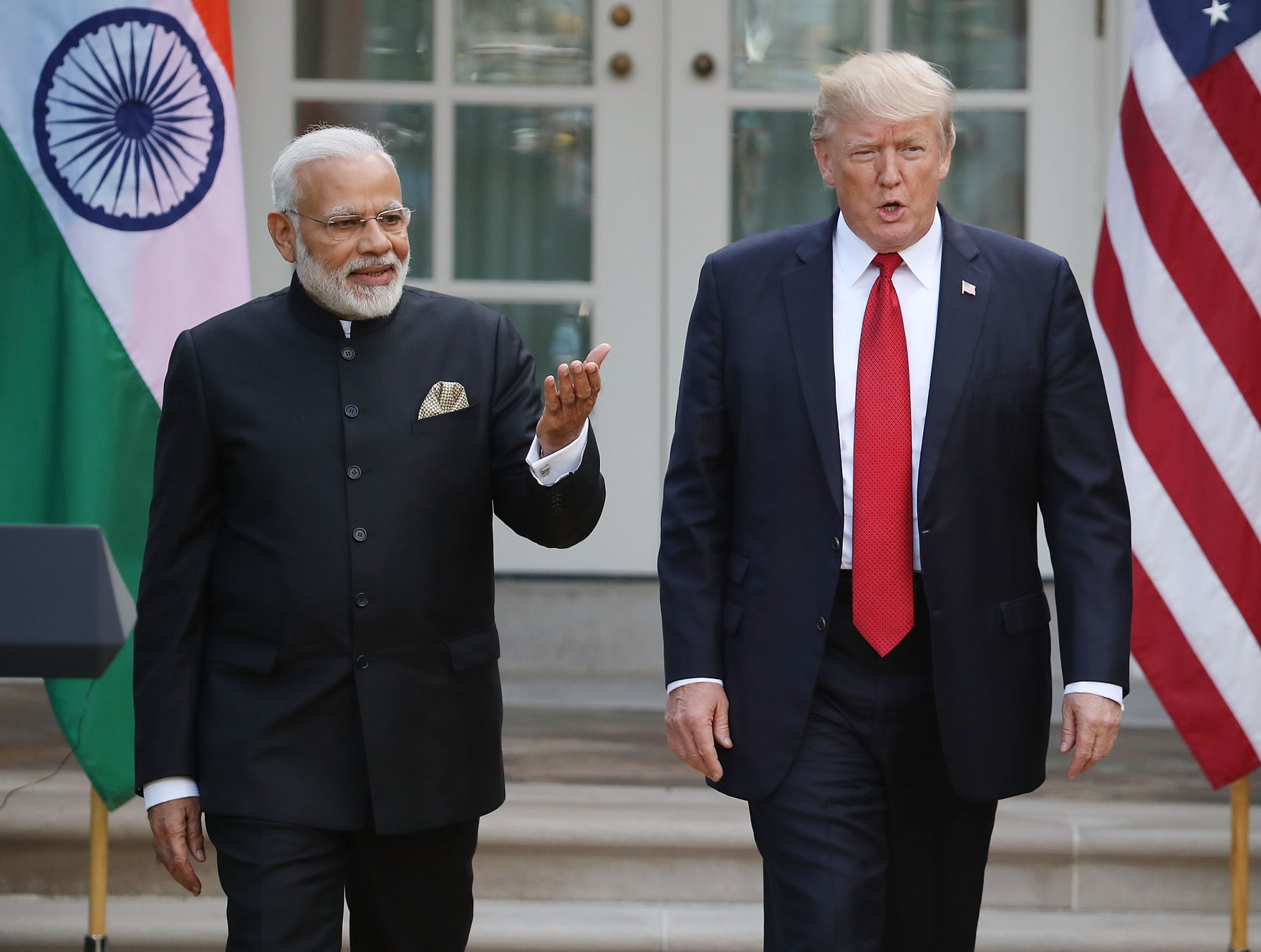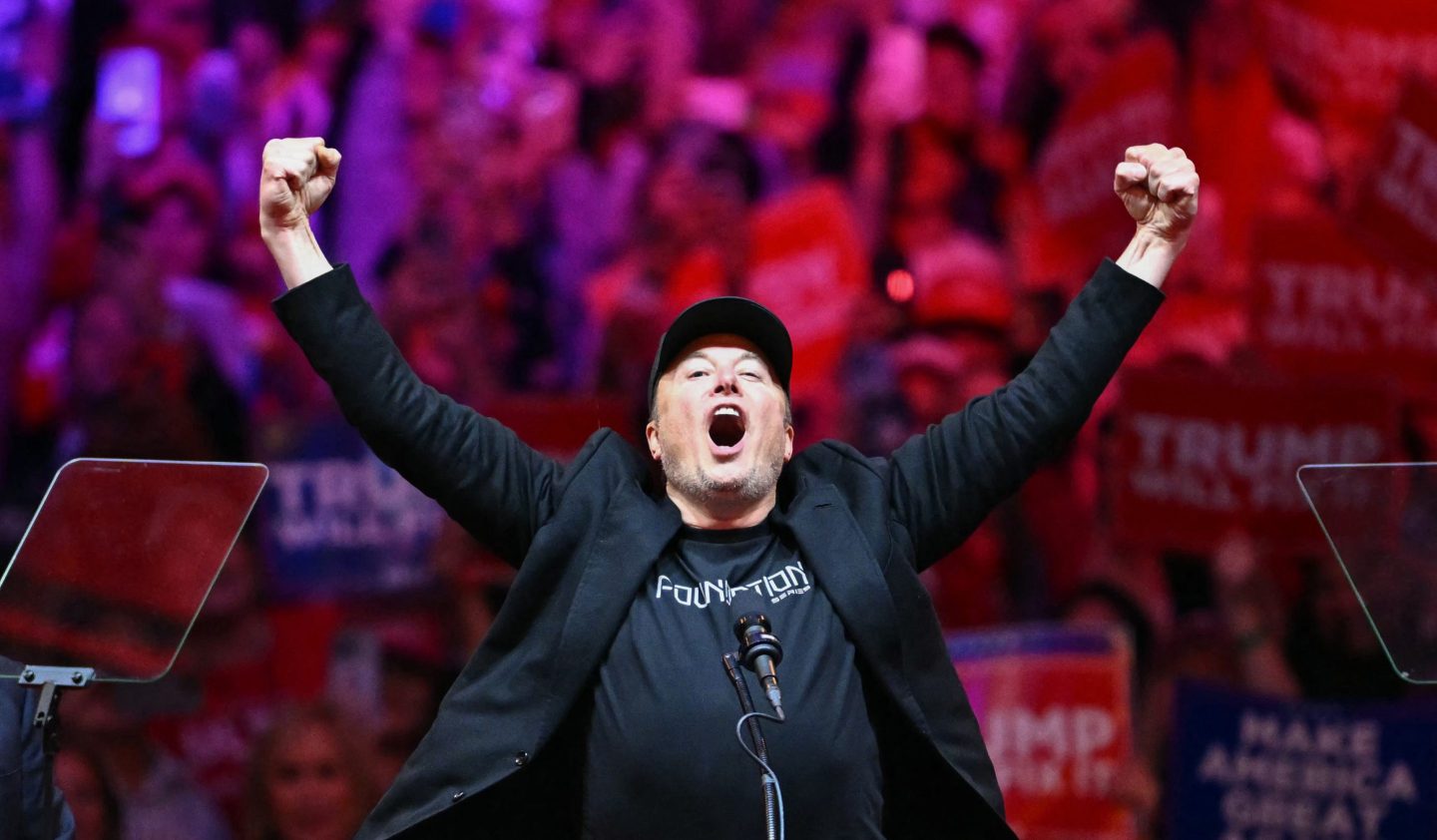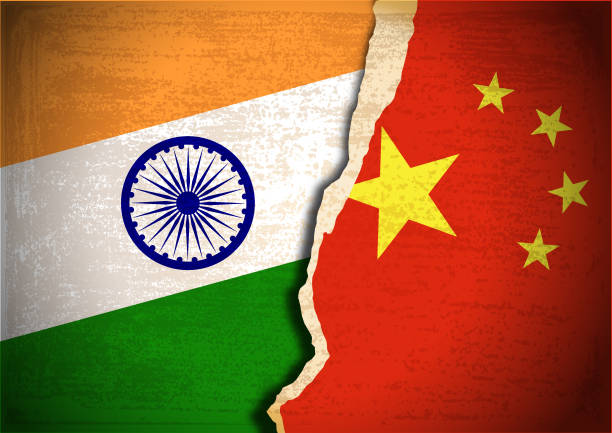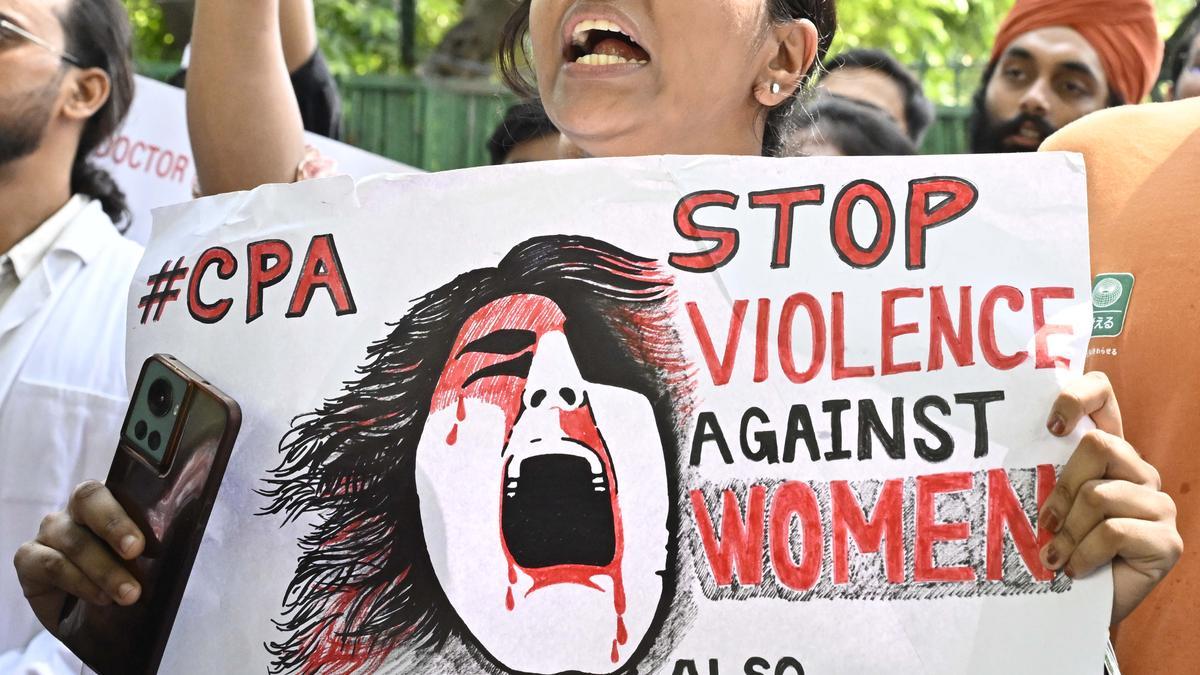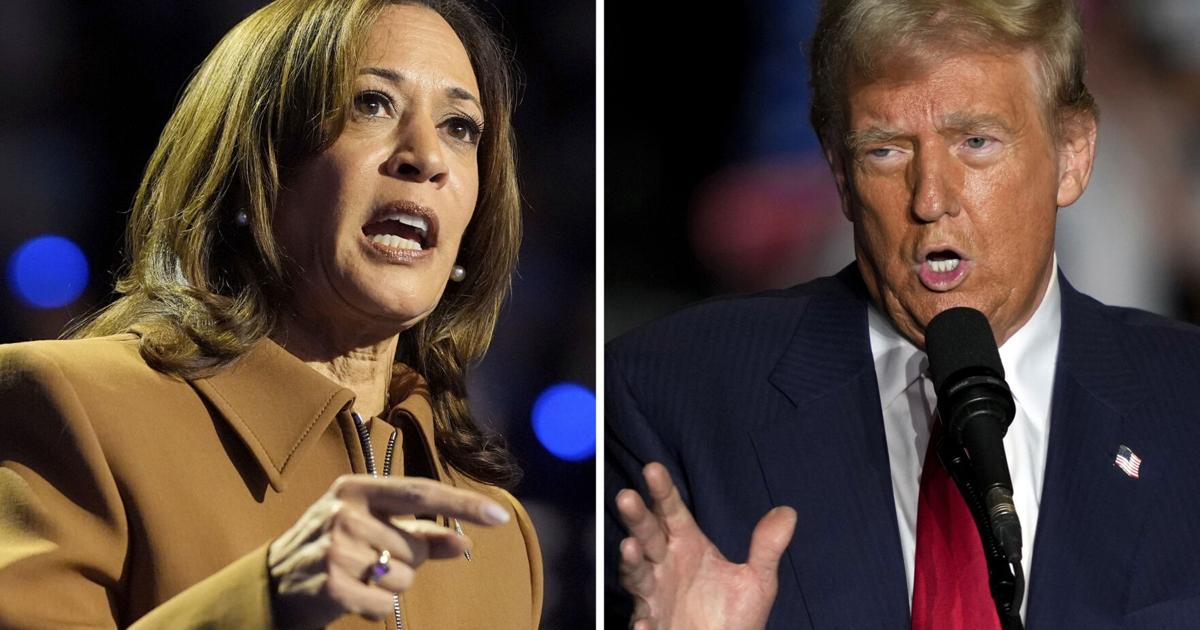Home / us-election / The Dual Forces Shaping Trump’s Return to the White House
The Dual Forces Shaping Trump’s Return to the White House
By: My India Times
5 minutes read 39Updated At: 2025-02-17

Donald Trump’s return to the Oval Office marks a historic moment filled with both promise and peril. As he embarks on his second term as the 47th U.S. president, two dominant forces appear to be shaping his administration: the desire to cement a Reagan-like legacy and an unrelenting thirst for retribution against those he perceives as enemies. His aides and allies, though largely unified around his overarching vision, are divided into factions that reflect these divergent priorities.
A Tale of Two Speeches: Policy and Payback
Immediately after taking the oath of office, Trump delivered a measured and policy-driven inaugural address in the Capitol rotunda. He spoke of tackling inflation, immigration reform, and energy independence, positioning himself as a leader focused on pragmatic governance. Yet, within an hour, he unleashed an entirely different message in Emancipation Hall—a fiery speech railing against the 2020 election, attacking political adversaries such as Nancy Pelosi and Liz Cheney, and defying advisers who had urged him to avoid mentioning pardons for the January 6 rioters.
His remark that the latter speech was "better than the one upstairs" illustrates the underlying tension of his administration—balancing policy-driven governance with a relentless pursuit of personal vindication.
A Presidency Defined by Two Competing Impulses
The executive orders that followed Trump’s swearing-in underscored this dichotomy. On one hand, he issued a declaration of national emergency at the southern border and moved to dismantle the asylum system—strong policy moves backed by his deepened understanding of executive power. On the other hand, he also announced pardons for over 1,500 January 6 defendants, a move that reinforced his commitment to those who remained loyal to him and served as a direct rebuke to his critics.
This internal struggle will define not just his first 100 days but also the trajectory of his entire second term. Will he focus on cementing a lasting conservative legacy through policy victories, or will he dedicate his presidency to seeking revenge against political opponents, the judiciary, and the federal bureaucracy?

The Battle Within: Factions Within Trump’s Inner Circle
Trump’s inner circle reflects these contrasting priorities. Some aides advocate for a full-scale policy offensive, aiming to implement long-term changes that will outlive his presidency. Others, however, are fixated on undermining perceived adversaries, dismantling government agencies, and consolidating power to insulate Trump from legal and political challenges.
Susie Wiles, Trump’s incoming chief of staff and the first woman to hold the position, is leading the charge for a policy-focused administration. Unlike the chiefs of staff from Trump’s first term, Wiles has earned his full trust, successfully steering his 2024 campaign with a level of discipline that was previously absent. She has dismissed the traditional "first 100 days" benchmark as an artificial construct, instead pushing for aggressive policy implementation within the first two years, before the 2026 midterms threaten Republican control of Congress.
At the same time, Trump has surrounded himself with figures poised to weaken institutional checks and balances. Kash Patel, his nominee for FBI director, is expected to turn the agency into a less-independent entity, while numerous appointees in the Department of Justice and the judiciary have been handpicked to shield the president from potential legal consequences.
Policy Blitz vs. Political Payback
Trump’s early executive orders suggest an administration that is both ambitious and vengeful. Among his first moves were:
Declaring a national emergency at the U.S.-Mexico border
Ending asylum protections
Issuing a hiring freeze across the federal government
Terminating diversity, equity, and inclusion (DEI) programs
Directing federal agencies to preserve all records of “political persecutions” from the previous administration
While executive orders allow Trump to bypass legislative gridlock, they are vulnerable to legal challenges. Still, the sheer speed and breadth of his initial actions indicate that his administration is not shying away from wielding executive power to its fullest extent.
The Strengthening of Trump’s Political Capital
Trump enters his second term with a more disciplined approach, a consolidated base of supporters, and a party that has largely rallied behind him. His political comeback is remarkable—having been largely abandoned by GOP allies and corporate America following the January 6 insurrection, he methodically rebuilt his coalition. He won the Republican nomination with ease, secured major donor backing, and survived both a criminal conviction and an assassination attempt, reinforcing his image as an indomitable political force.
At his swearing-in, corporate titans including Jeff Bezos, Tim Cook, and Elon Musk were seated among his family and top advisers, signaling a significant shift in how big business now views his presidency.
The Challenges Ahead: Governing in a Divided America
Despite his political resurgence, Trump faces formidable challenges in governing. The Republican majorities in Congress are razor-thin, making legislative victories difficult. Intraparty conflicts could derail key initiatives, while ongoing legal battles could prove to be significant distractions. Moreover, if his presidency leans too heavily into revenge politics, he risks alienating the moderate voters who prioritized economic and policy issues over his more combative instincts.
Historians and political analysts suggest that Trump’s ability to balance governance with his desire for retribution will ultimately determine how his presidency is remembered. Princeton historian Julian Zelizer notes, "The defining issue of Trump’s second term is his use of presidential power. He has learned how to be more assertive, and his party is willing to protect him."
The Future of Trump’s America: A Lasting Legacy or an Era of Turmoil?
As Trump forges ahead, the question remains: Will he prioritize crafting a lasting conservative legacy, or will his second term be consumed by vendettas? The early signs suggest that both paths will run parallel, with Trump oscillating between policy wins and personal retribution.
His return to power marks not just a political comeback but a test of how far executive power can be stretched in modern America. Whether his presidency is ultimately defined by landmark achievements or relentless feuds will shape the future of American governance for years to come
....
Donald Trump’s return to the Oval Office marks a historic moment filled with both promise and peril. As he embarks on his second term as the 47th U.S. president, two dominant forces appear to be shaping his administration: the desire to cement a Reagan-like legacy and an unrelenting thirst for retribution against those he perceives as enemies. His aides and allies, though largely unified around his overarching vision, are divided into factions that reflect these divergent priorities.
A Tale of Two Speeches: Policy and Payback
Immediately after taking the oath of office, Trump delivered a measured and policy-driven inaugural address in the Capitol rotunda. He spoke of tackling inflation, immigration reform, and energy independence, positioning himself as a leader focused on pragmatic governance. Yet, within an hour, he unleashed an entirely different message in Emancipation Hall—a fiery speech railing against the 2020 election, attacking political adversaries such as Nancy Pelosi and Liz Cheney, and defying advisers who had urged him to avoid mentioning pardons for the January 6 rioters.
His remark that the latter speech was "better than the one upstairs" illustrates the underlying tension of his administration—balancing policy-driven governance with a relentless pursuit of personal vindication.
A Presidency Defined by Two Competing Impulses
The executive orders that followed Trump’s swearing-in underscored this dichotomy. On one hand, he issued a declaration of national emergency at the southern border and moved to dismantle the asylum system—strong policy moves backed by his deepened understanding of executive power. On the other hand, he also announced pardons for over 1,500 January 6 defendants, a move that reinforced his commitment to those who remained loyal to him and served as a direct rebuke to his critics.
This internal struggle will define not just his first 100 days but also the trajectory of his entire second term. Will he focus on cementing a lasting conservative legacy through policy victories, or will he dedicate his presidency to seeking revenge against political opponents, the judiciary, and the federal bureaucracy?

The Battle Within: Factions Within Trump’s Inner Circle
Trump’s inner circle reflects these contrasting priorities. Some aides advocate for a full-scale policy offensive, aiming to implement long-term changes that will outlive his presidency. Others, however, are fixated on undermining perceived adversaries, dismantling government agencies, and consolidating power to insulate Trump from legal and political challenges.
Susie Wiles, Trump’s incoming chief of staff and the first woman to hold the position, is leading the charge for a policy-focused administration. Unlike the chiefs of staff from Trump’s first term, Wiles has earned his full trust, successfully steering his 2024 campaign with a level of discipline that was previously absent. She has dismissed the traditional "first 100 days" benchmark as an artificial construct, instead pushing for aggressive policy implementation within the first two years, before the 2026 midterms threaten Republican control of Congress.
At the same time, Trump has surrounded himself with figures poised to weaken institutional checks and balances. Kash Patel, his nominee for FBI director, is expected to turn the agency into a less-independent entity, while numerous appointees in the Department of Justice and the judiciary have been handpicked to shield the president from potential legal consequences.
Policy Blitz vs. Political Payback
Trump’s early executive orders suggest an administration that is both ambitious and vengeful. Among his first moves were:
Declaring a national emergency at the U.S.-Mexico border
Ending asylum protections
Issuing a hiring freeze across the federal government
Terminating diversity, equity, and inclusion (DEI) programs
Directing federal agencies to preserve all records of “political persecutions” from the previous administration
While executive orders allow Trump to bypass legislative gridlock, they are vulnerable to legal challenges. Still, the sheer speed and breadth of his initial actions indicate that his administration is not shying away from wielding executive power to its fullest extent.
The Strengthening of Trump’s Political Capital
Trump enters his second term with a more disciplined approach, a consolidated base of supporters, and a party that has largely rallied behind him. His political comeback is remarkable—having been largely abandoned by GOP allies and corporate America following the January 6 insurrection, he methodically rebuilt his coalition. He won the Republican nomination with ease, secured major donor backing, and survived both a criminal conviction and an assassination attempt, reinforcing his image as an indomitable political force.
At his swearing-in, corporate titans including Jeff Bezos, Tim Cook, and Elon Musk were seated among his family and top advisers, signaling a significant shift in how big business now views his presidency.
The Challenges Ahead: Governing in a Divided America
Despite his political resurgence, Trump faces formidable challenges in governing. The Republican majorities in Congress are razor-thin, making legislative victories difficult. Intraparty conflicts could derail key initiatives, while ongoing legal battles could prove to be significant distractions. Moreover, if his presidency leans too heavily into revenge politics, he risks alienating the moderate voters who prioritized economic and policy issues over his more combative instincts.
Historians and political analysts suggest that Trump’s ability to balance governance with his desire for retribution will ultimately determine how his presidency is remembered. Princeton historian Julian Zelizer notes, "The defining issue of Trump’s second term is his use of presidential power. He has learned how to be more assertive, and his party is willing to protect him."
The Future of Trump’s America: A Lasting Legacy or an Era of Turmoil?
As Trump forges ahead, the question remains: Will he prioritize crafting a lasting conservative legacy, or will his second term be consumed by vendettas? The early signs suggest that both paths will run parallel, with Trump oscillating between policy wins and personal retribution.
His return to power marks not just a political comeback but a test of how far executive power can be stretched in modern America. Whether his presidency is ultimately defined by landmark achievements or relentless feuds will shape the future of American governance for years to come
By: My India Times
Updated At: 2025-02-17
Tags: us-election News | My India Times News | Trending News | Travel News
Join our WhatsApp Channel




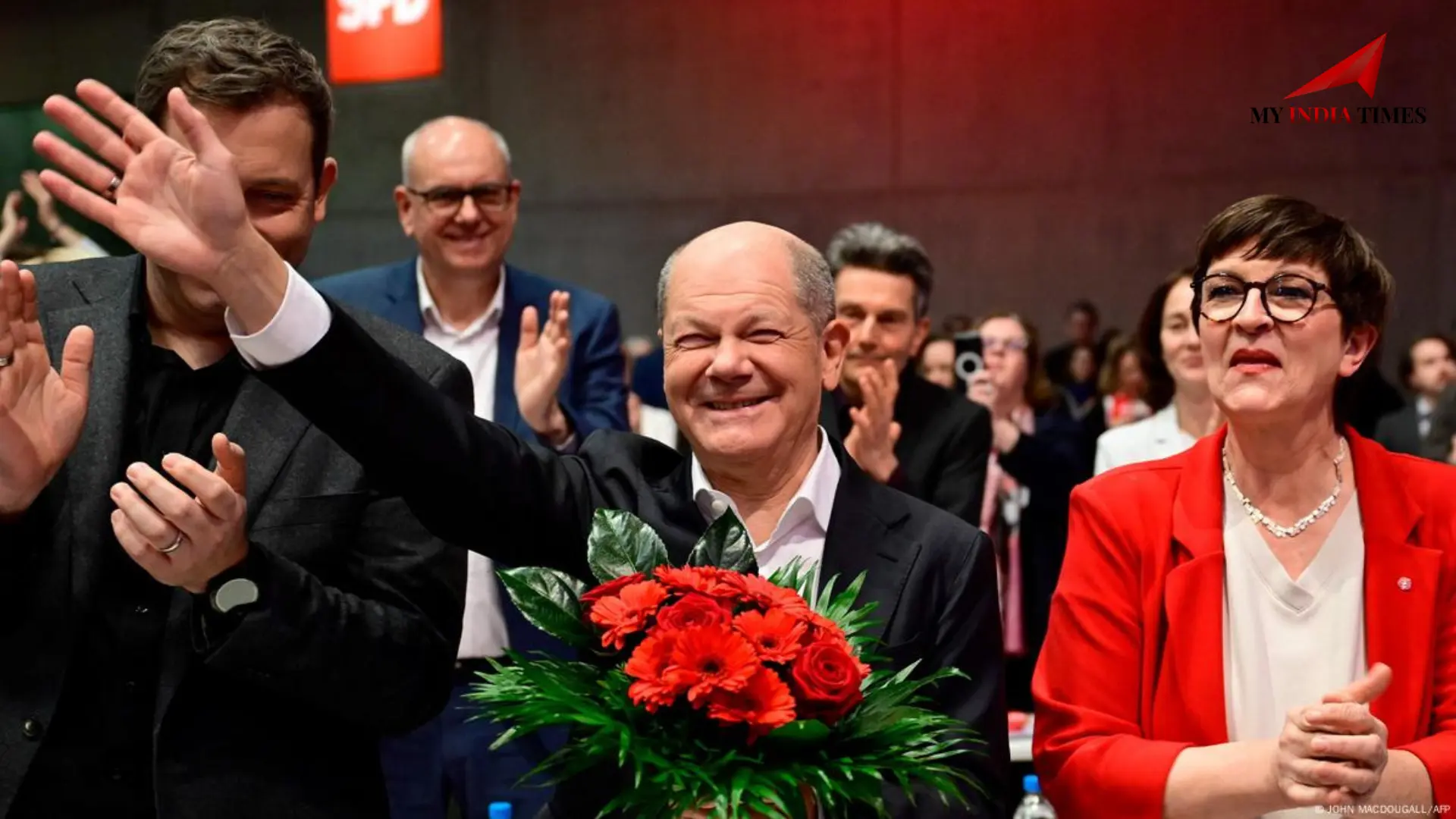
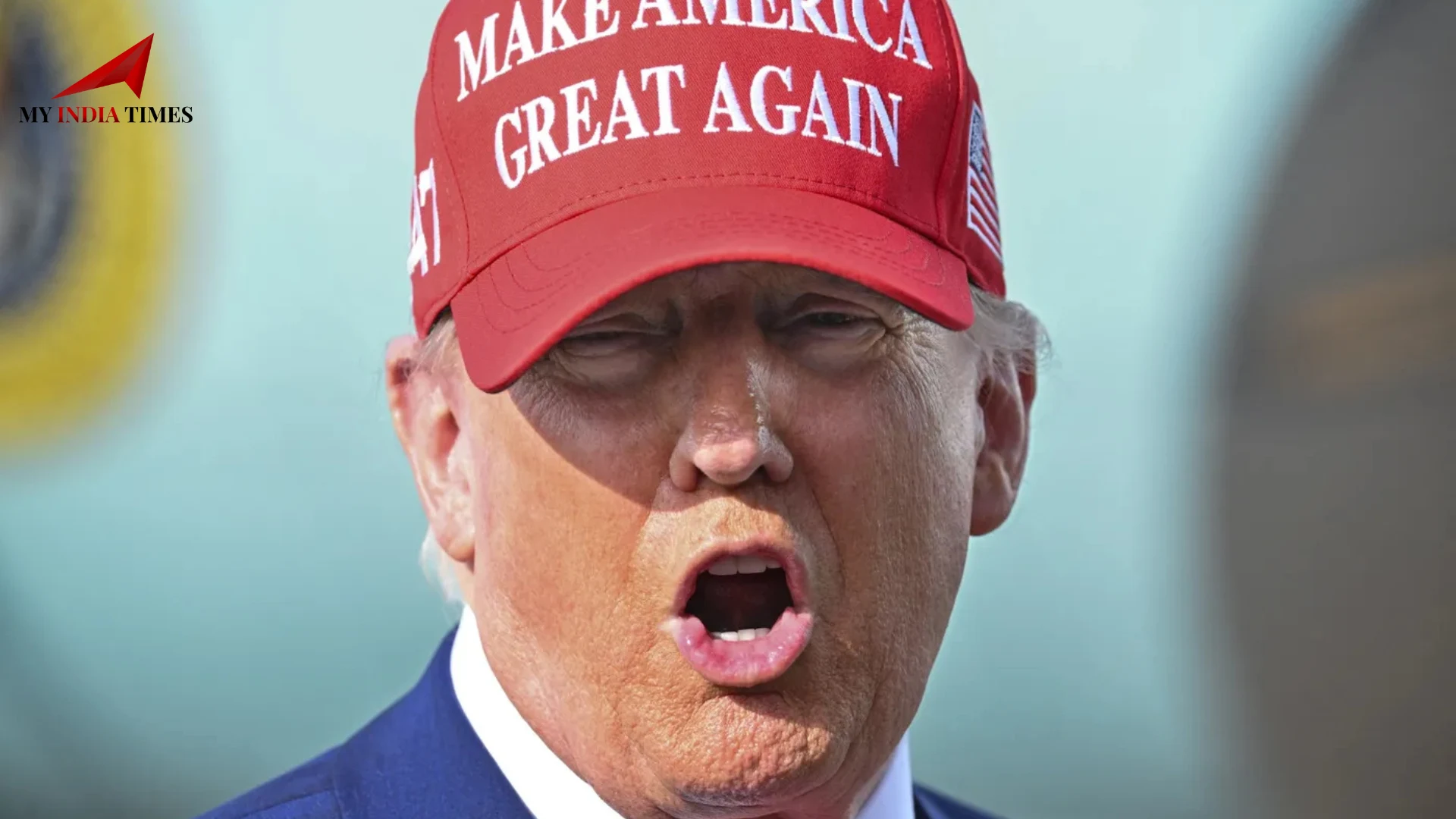
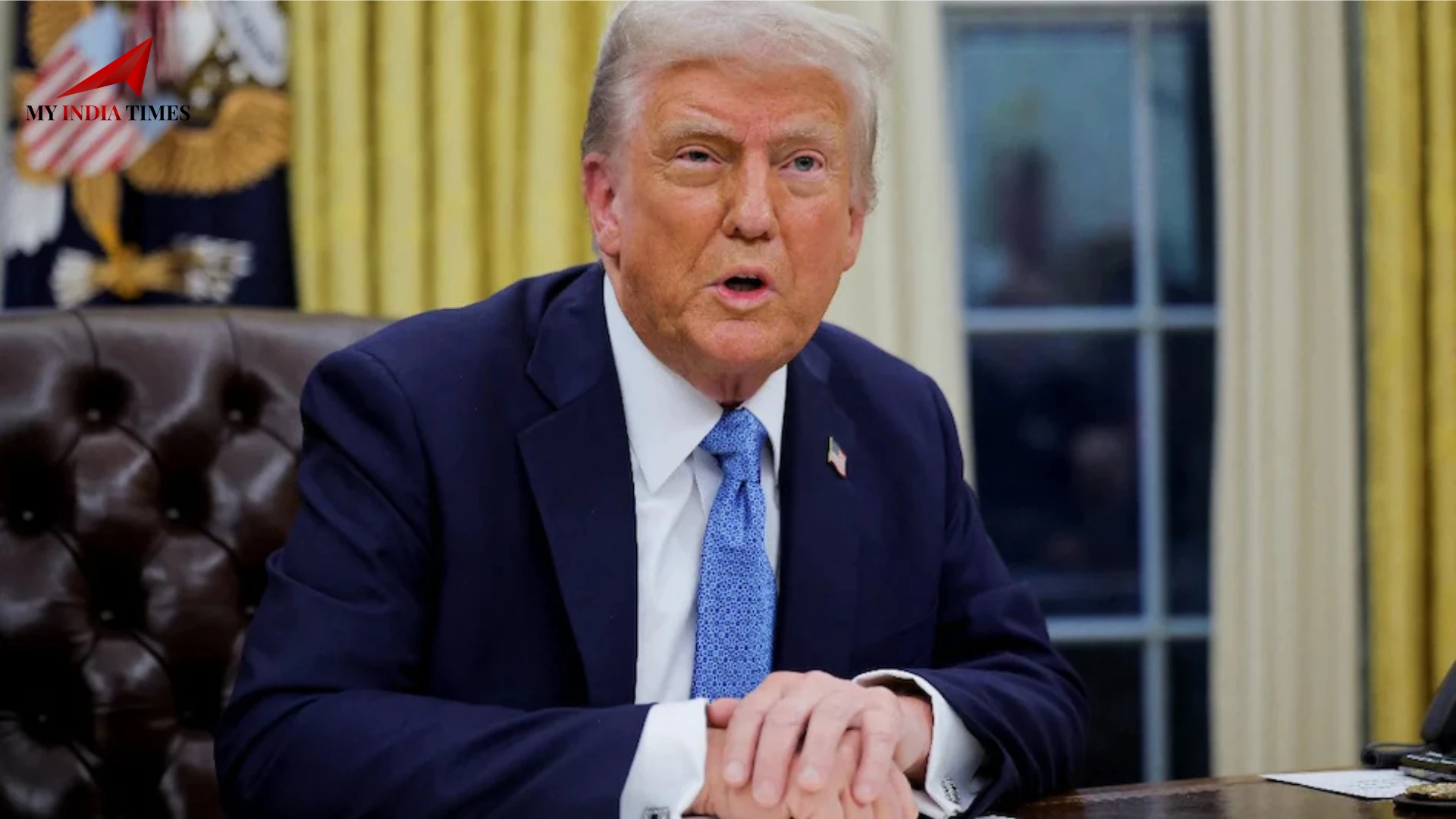

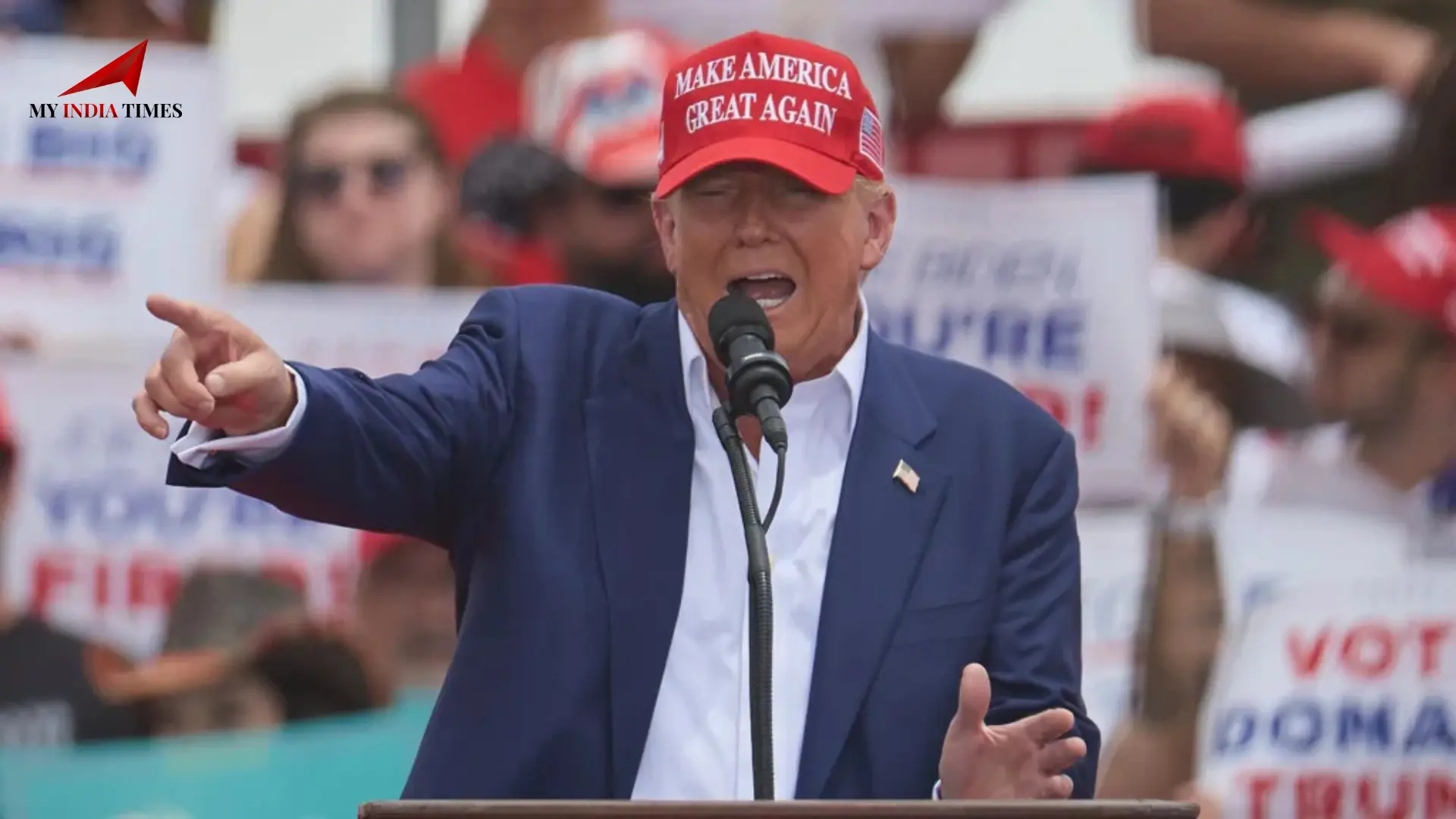
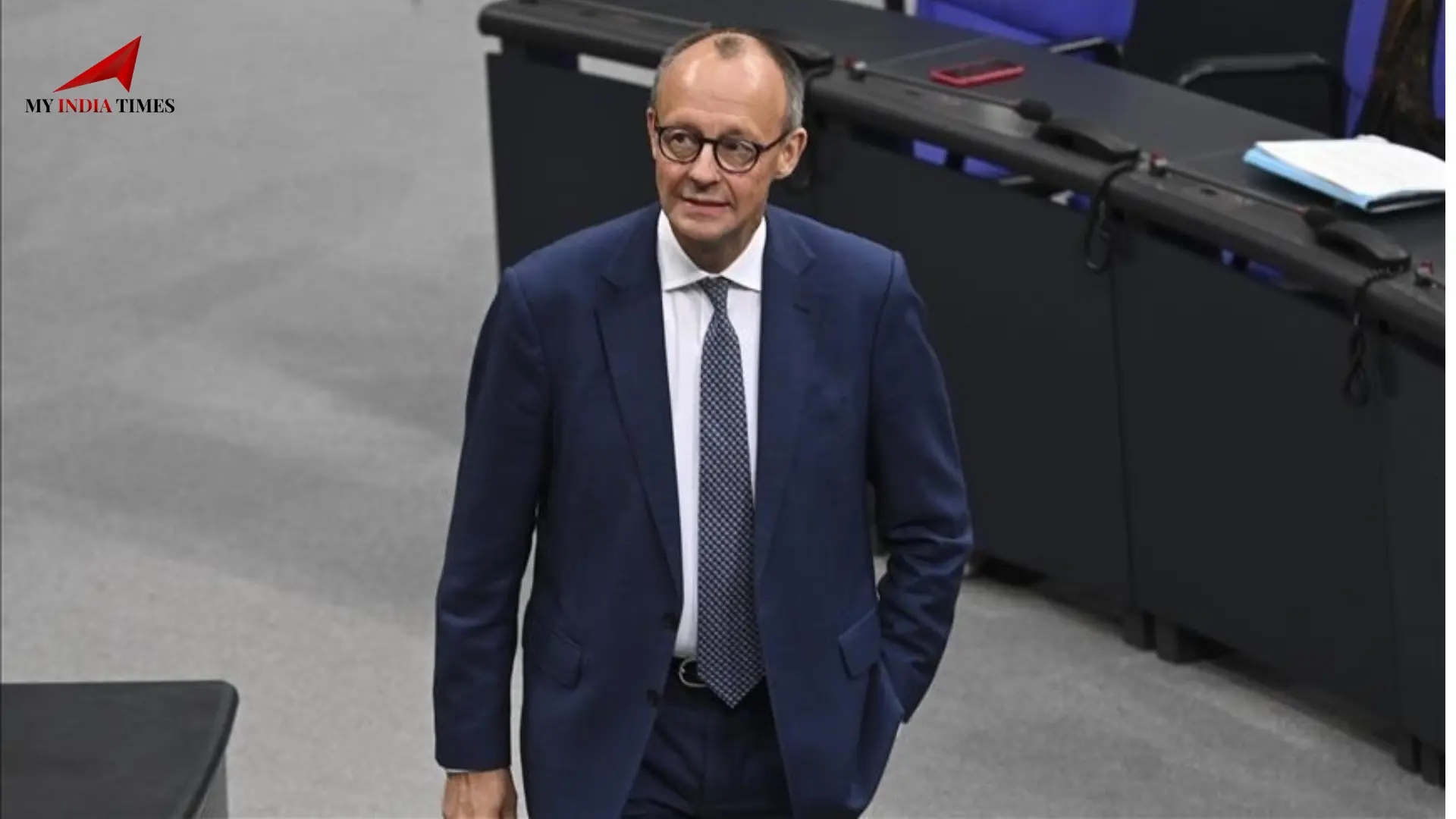

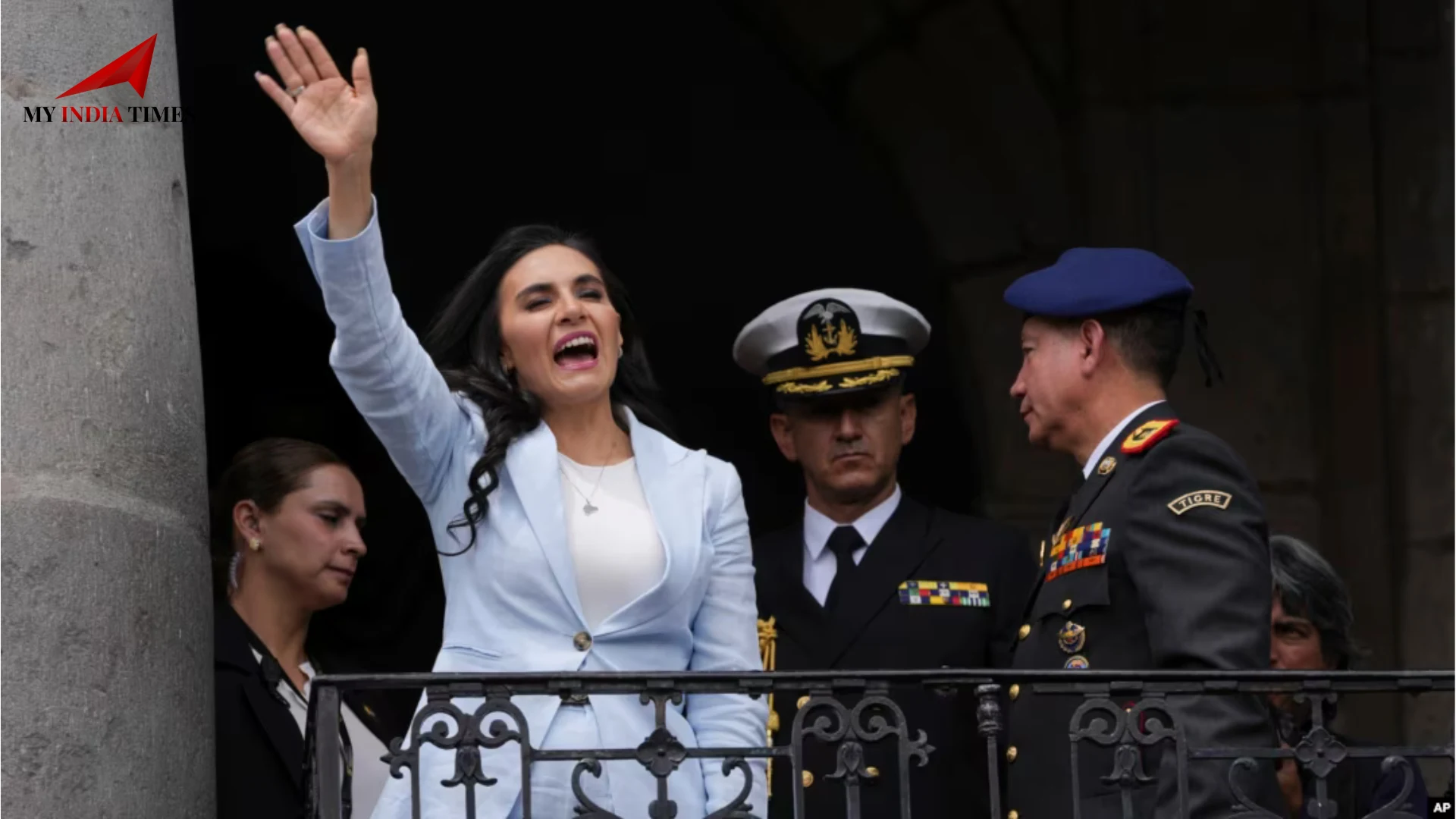

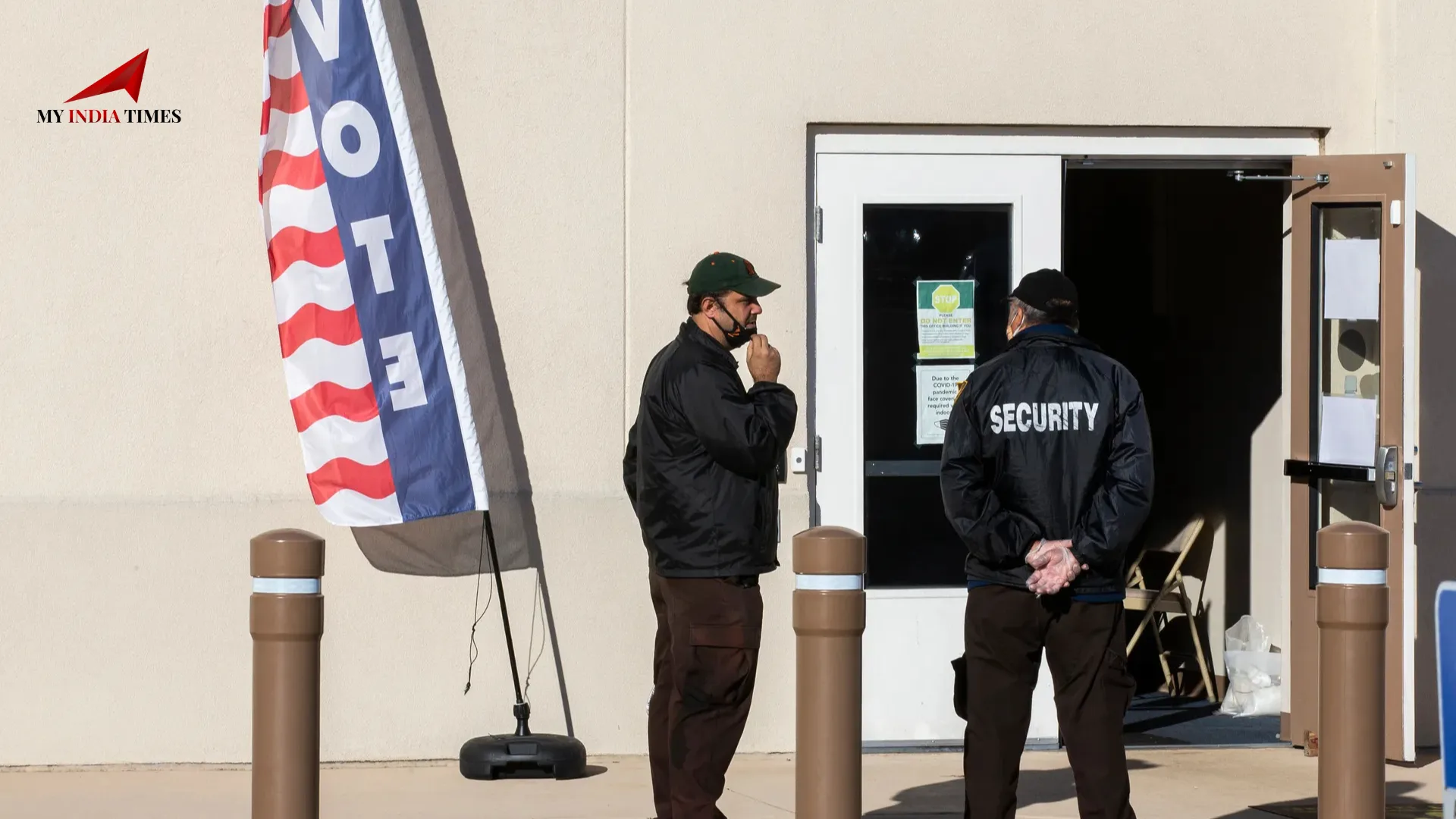
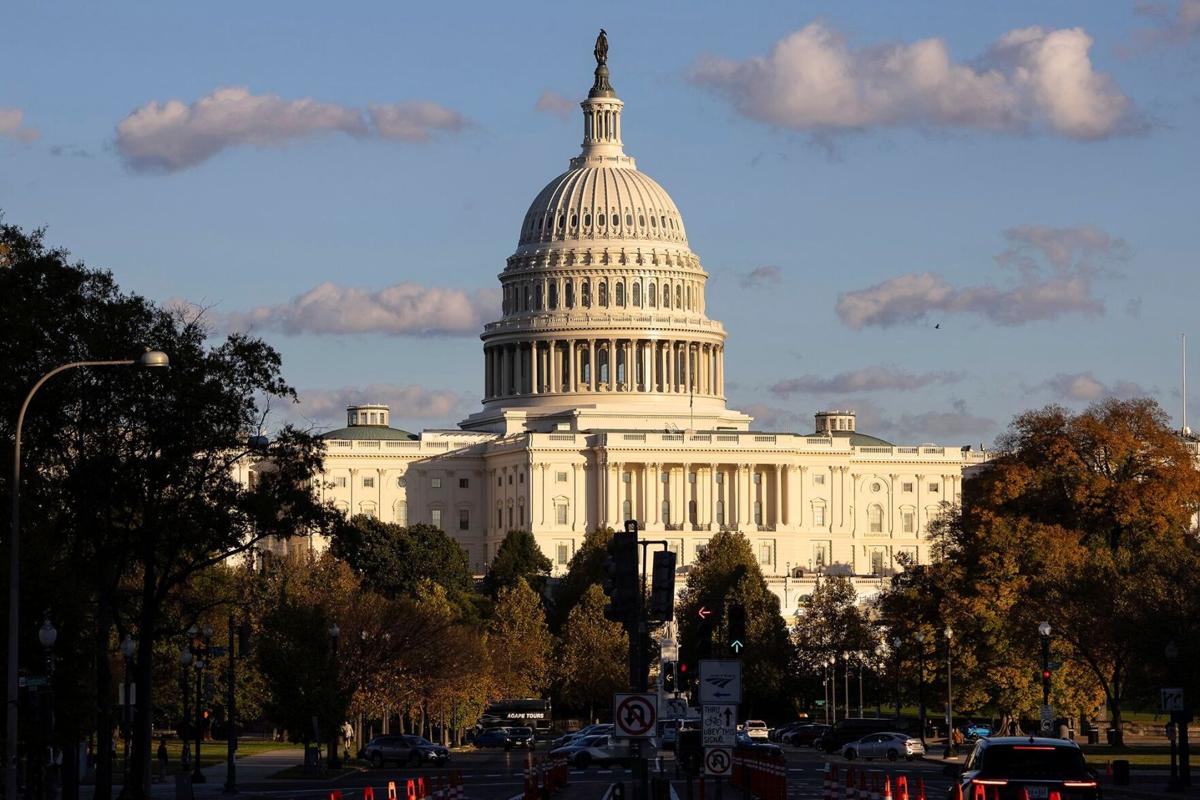
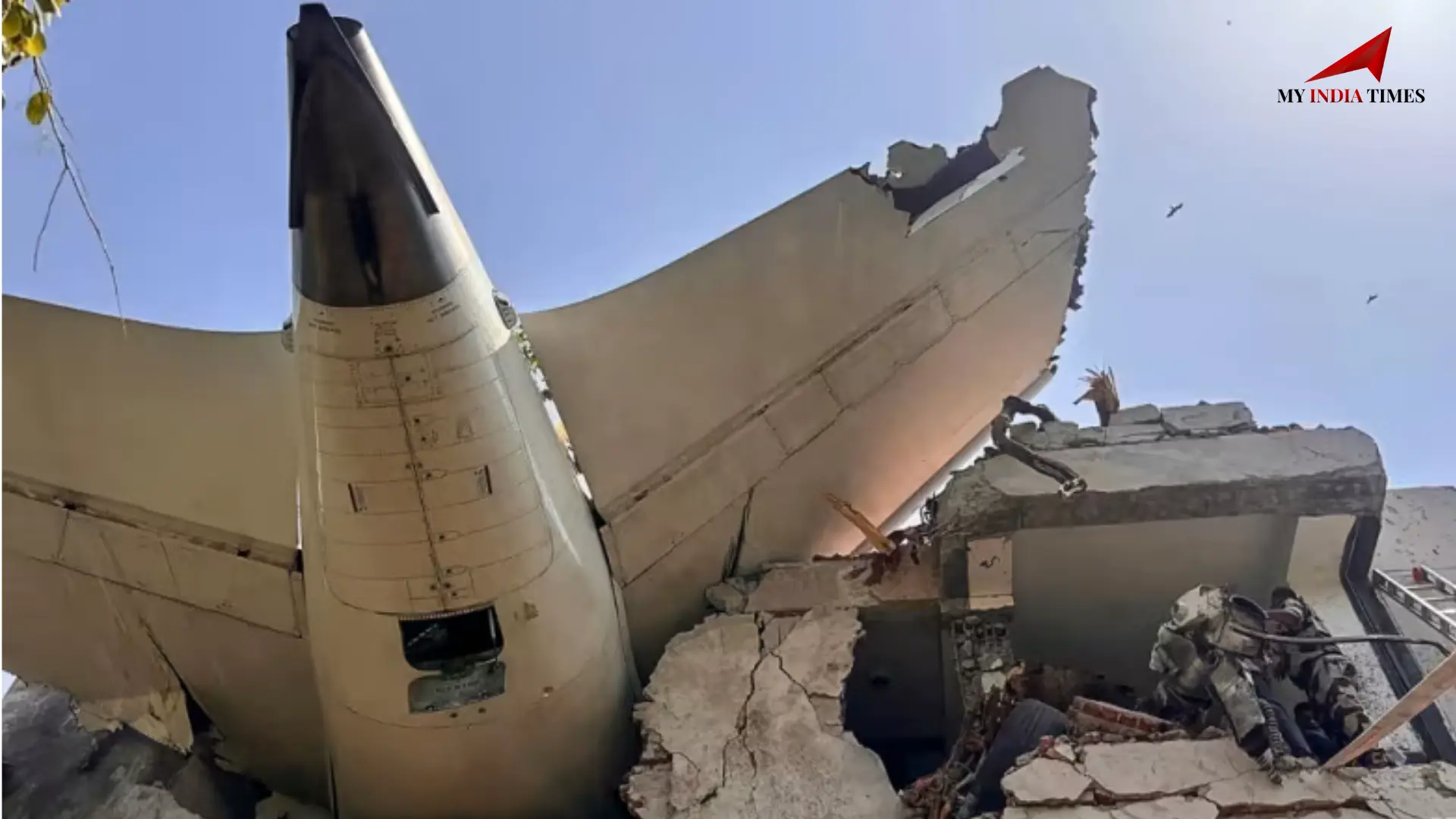
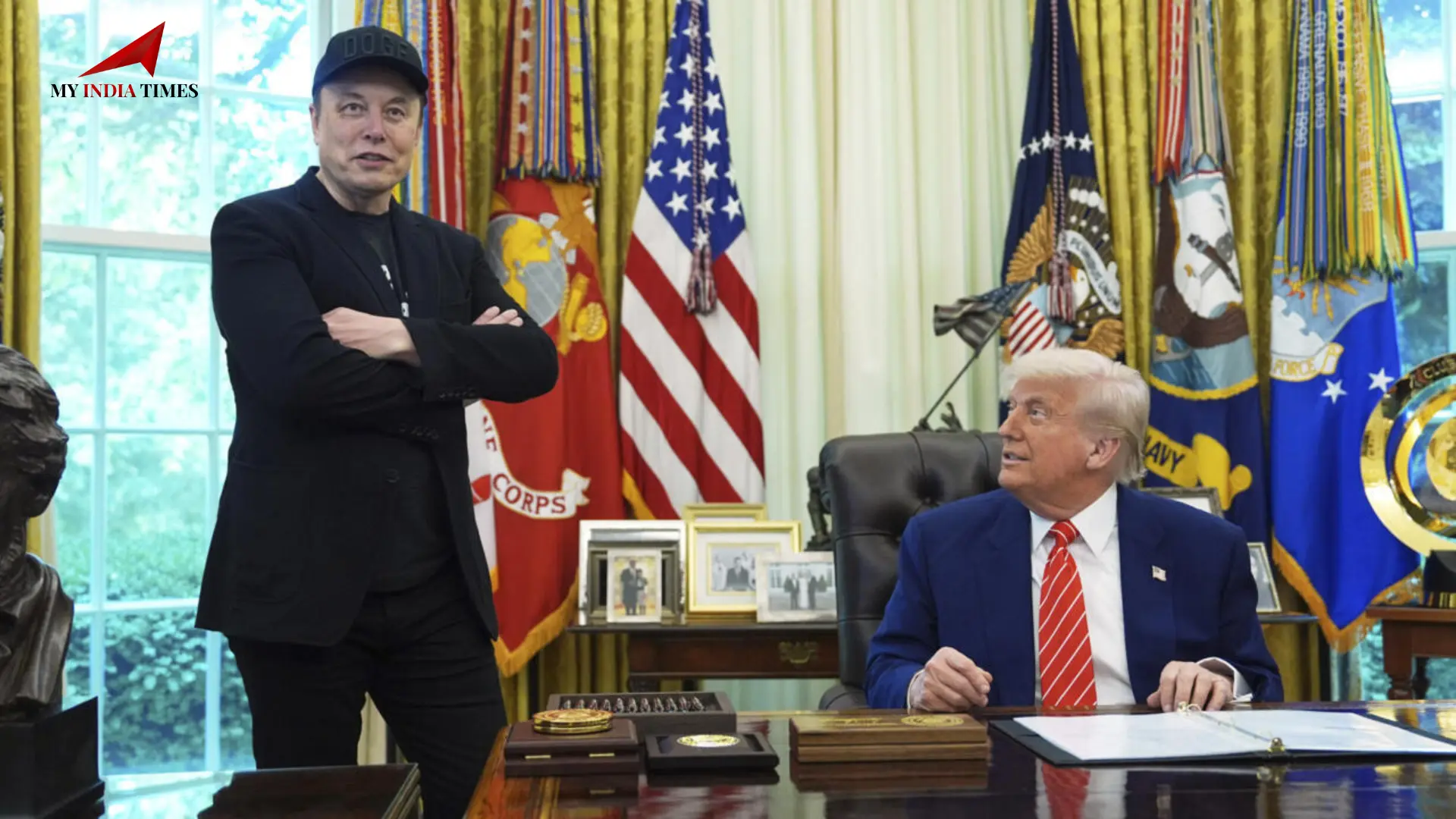



















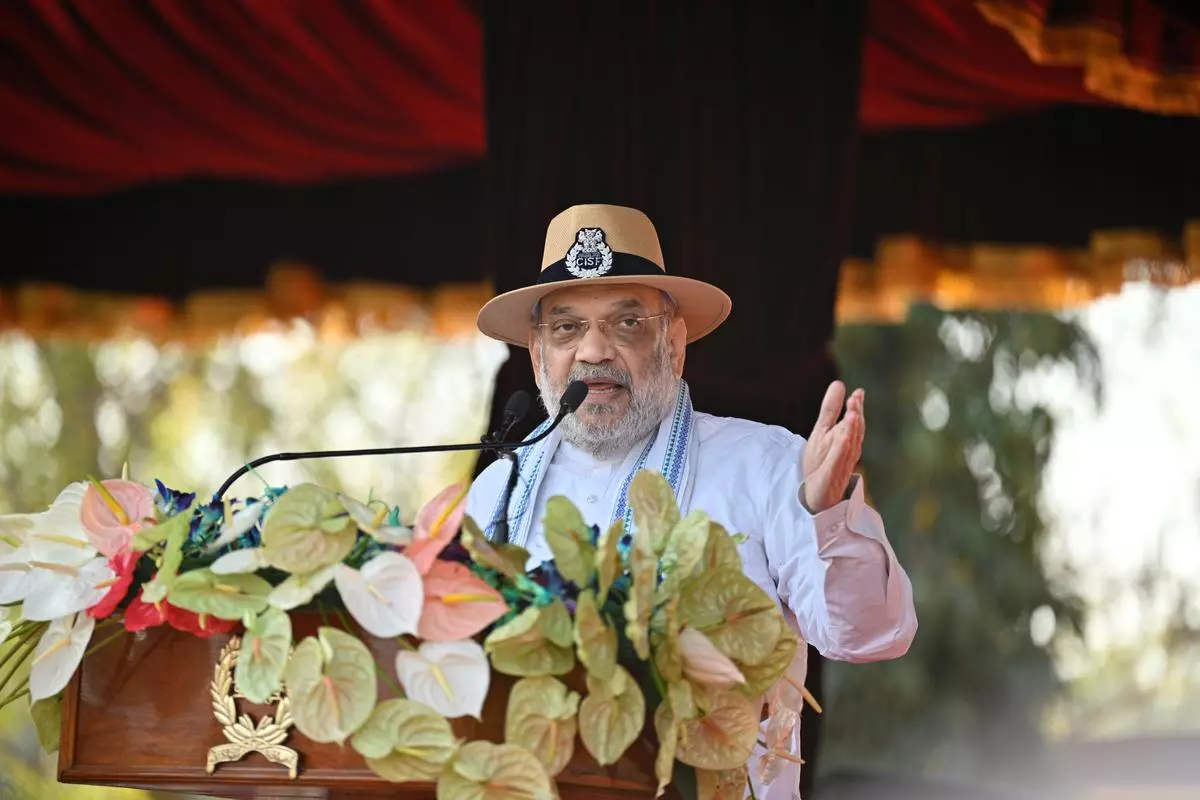











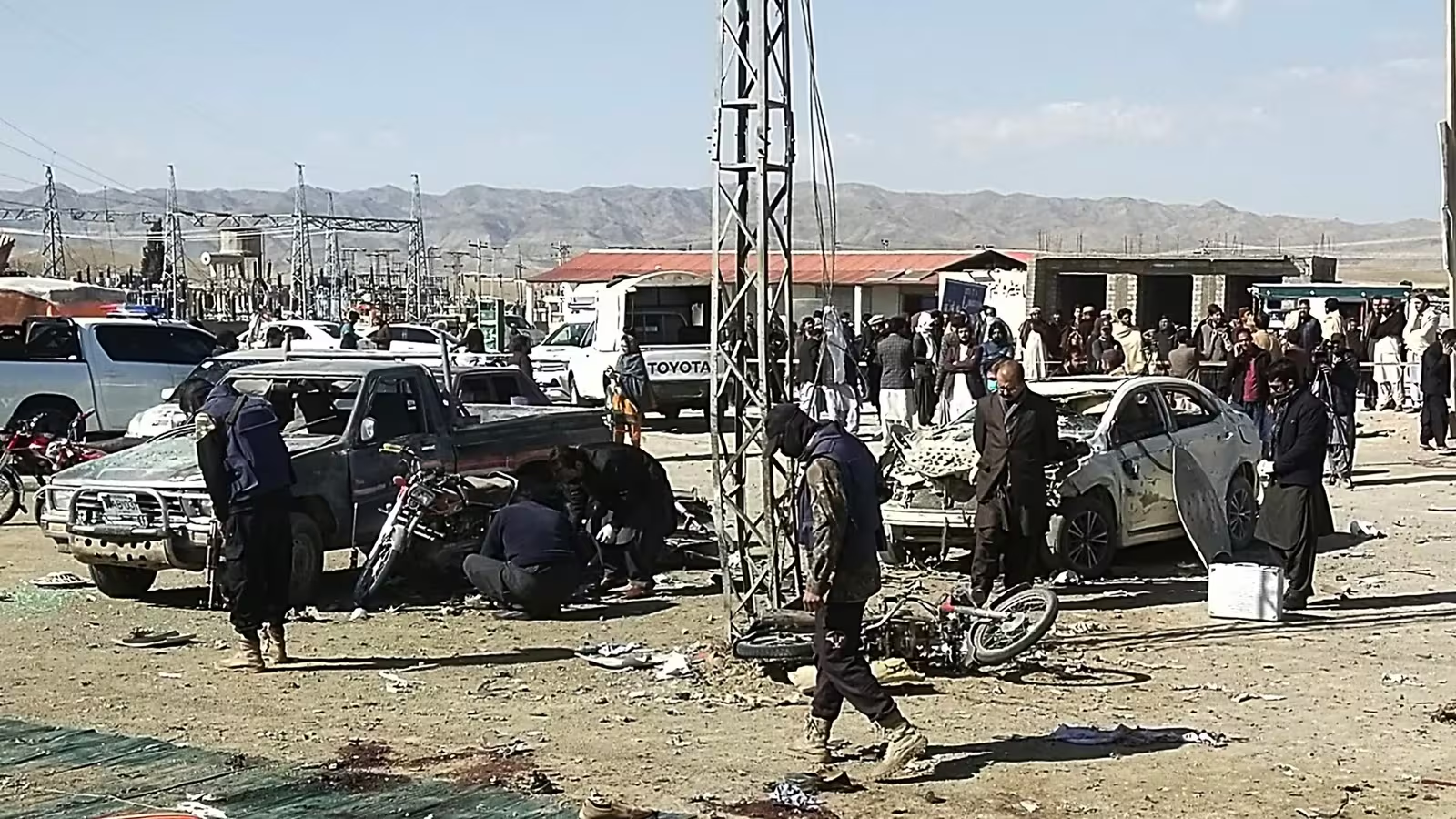
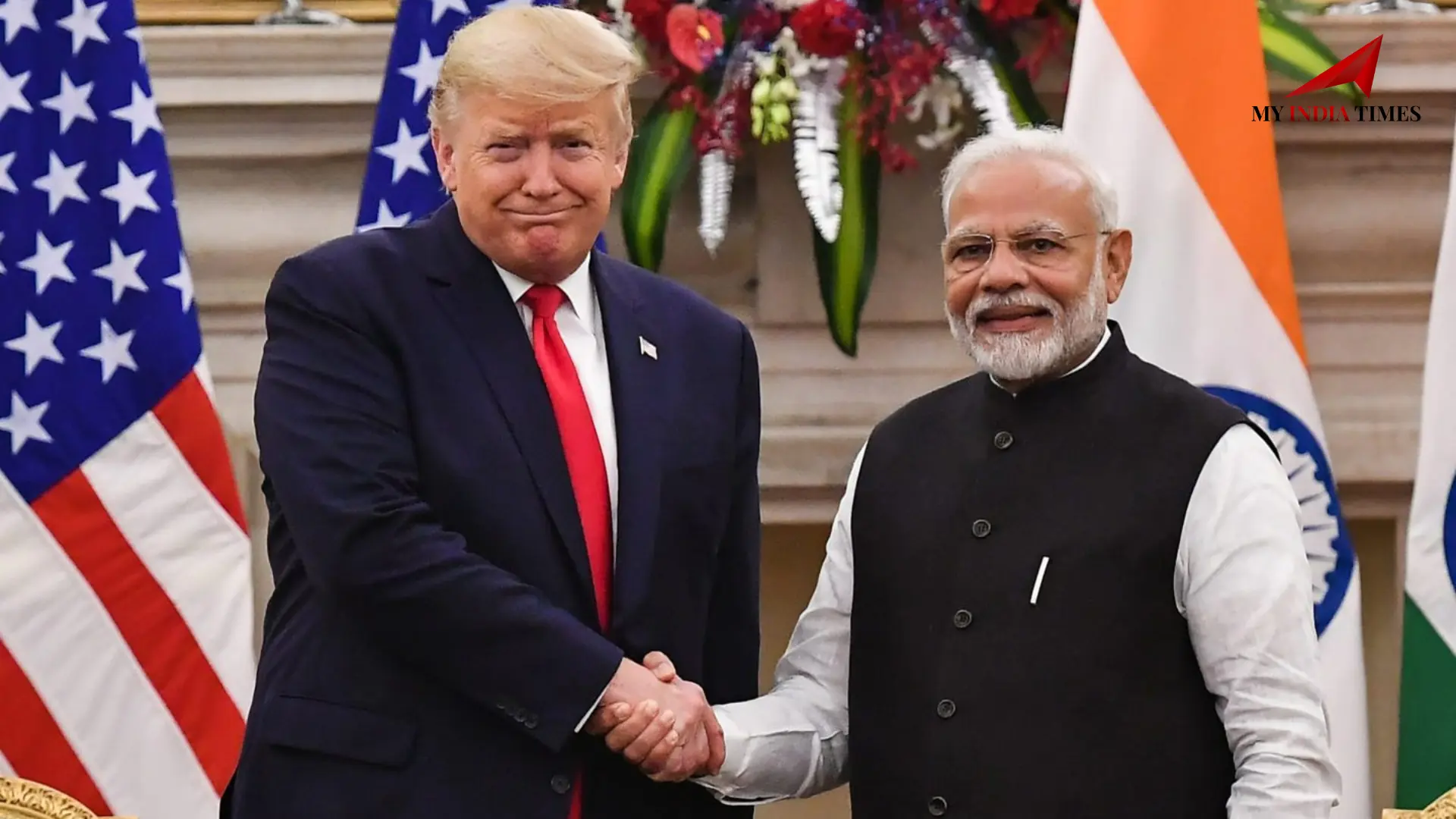


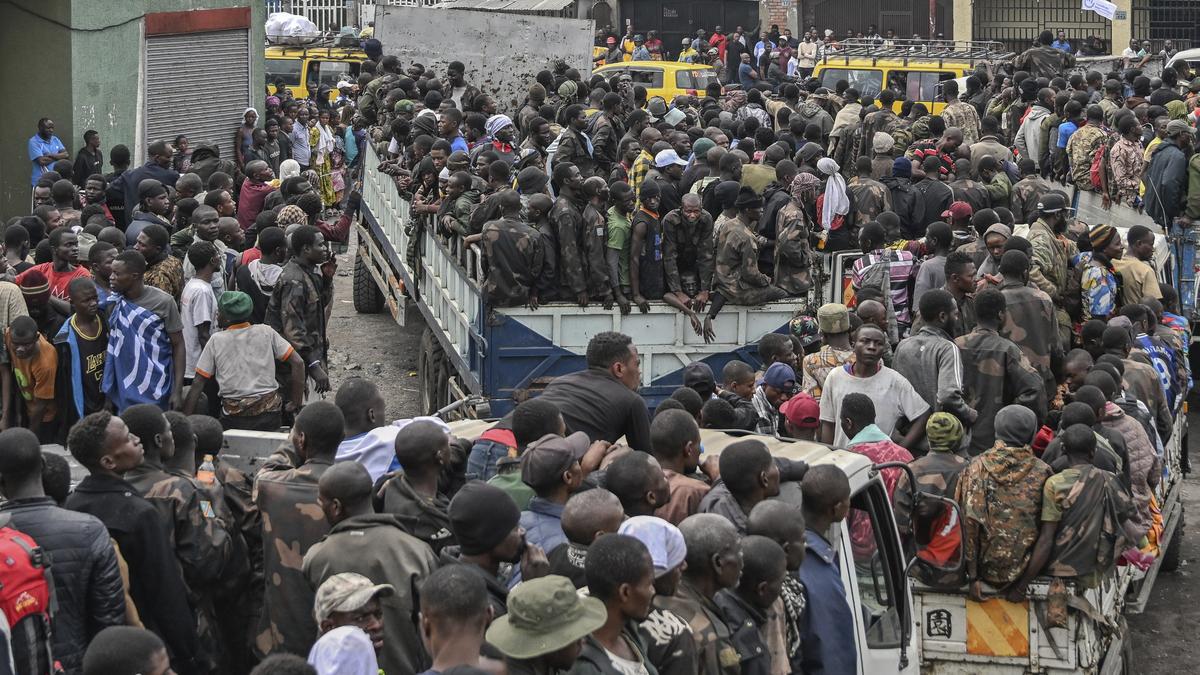
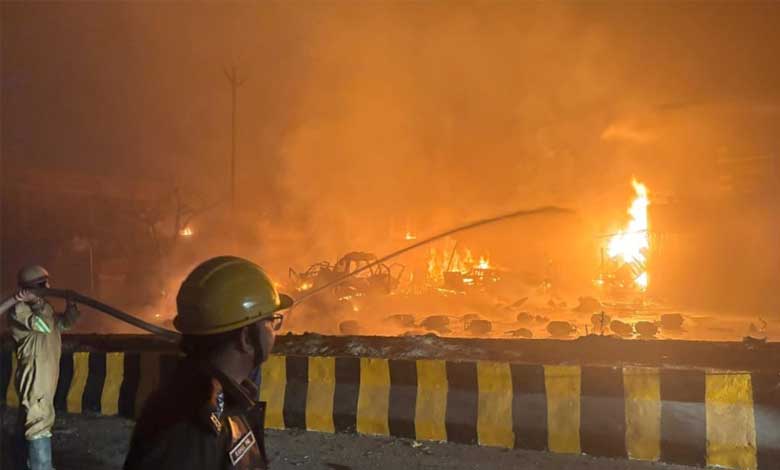




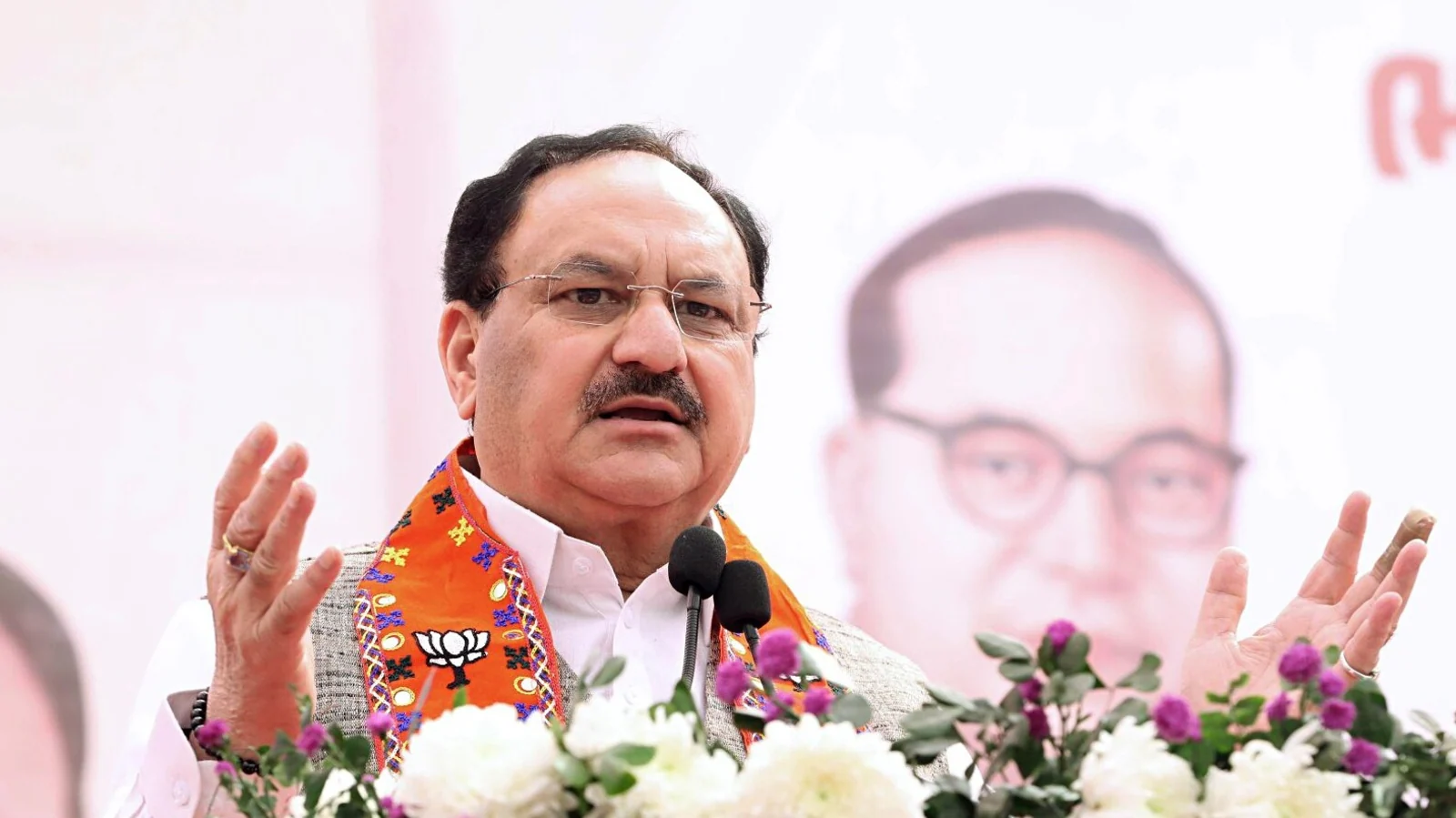
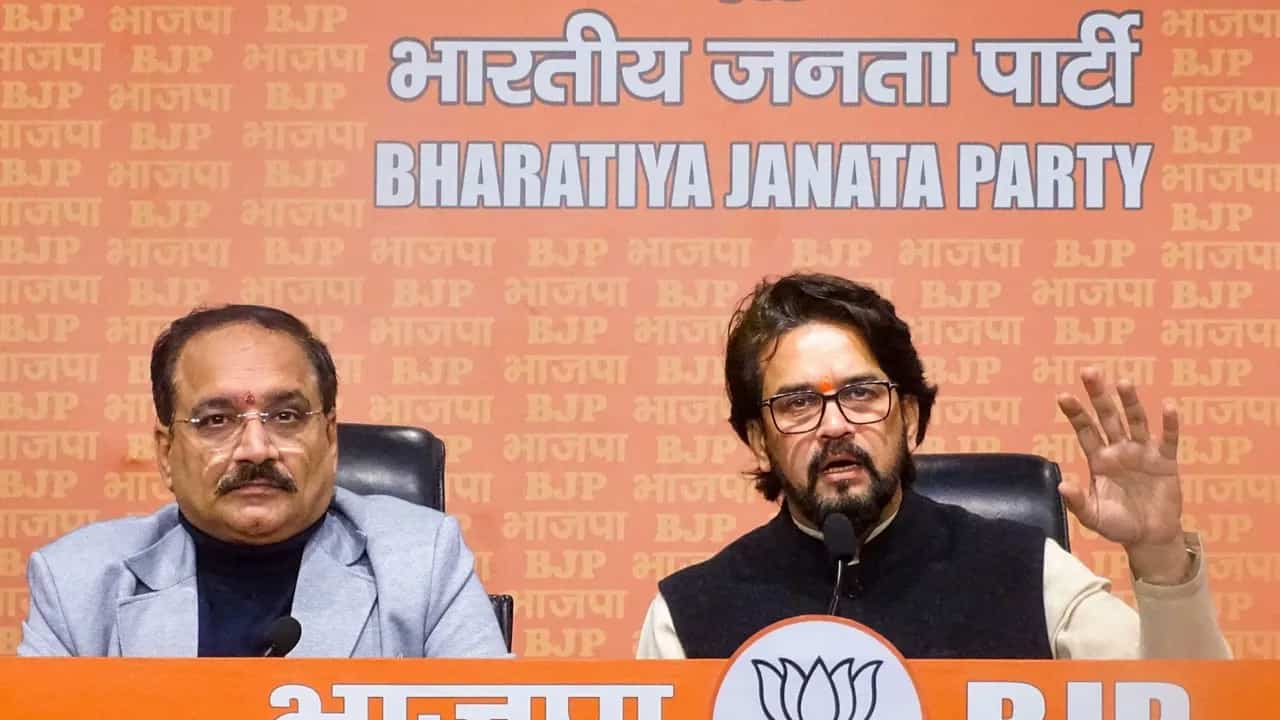


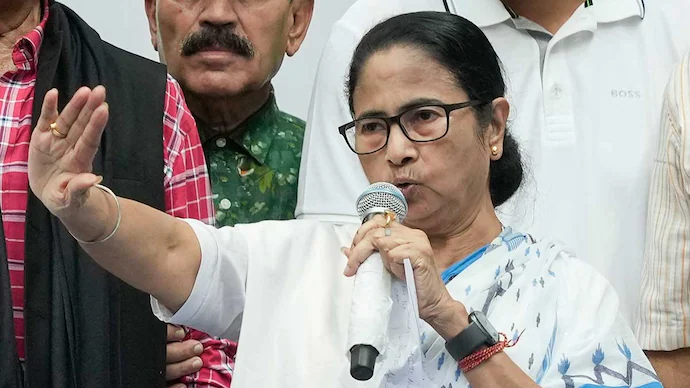

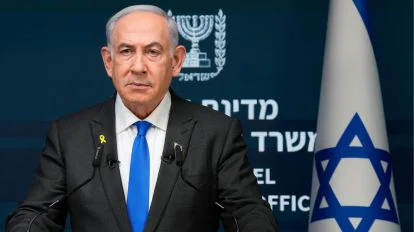

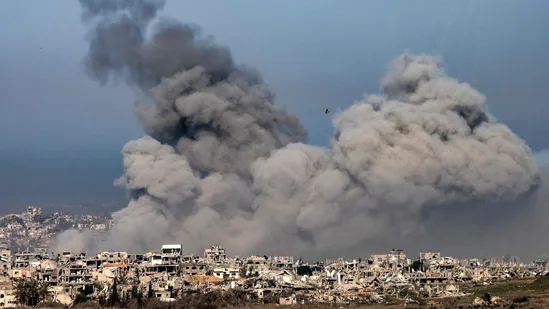
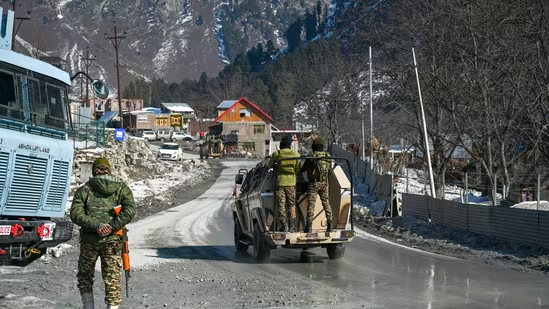



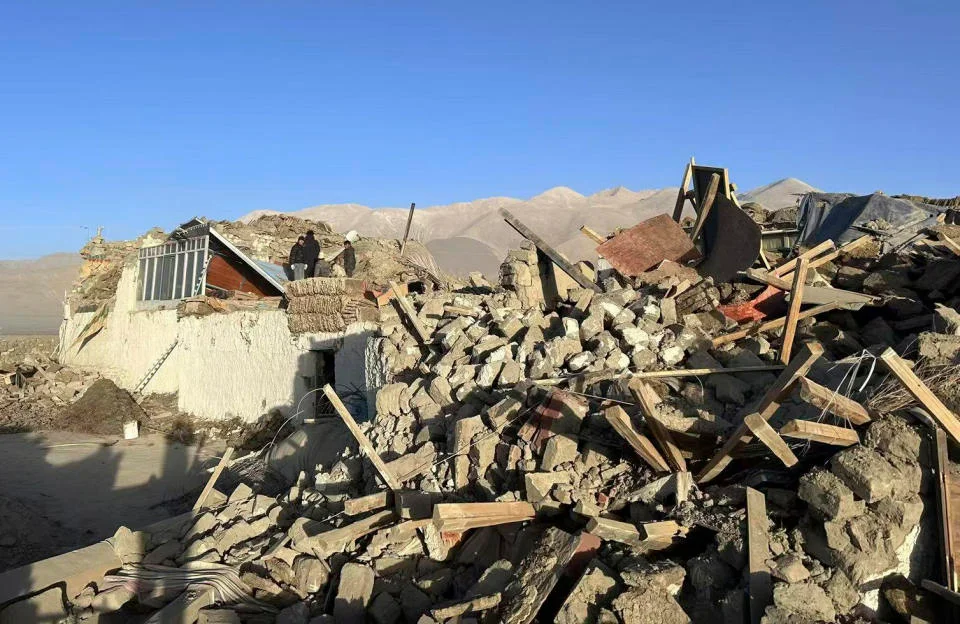


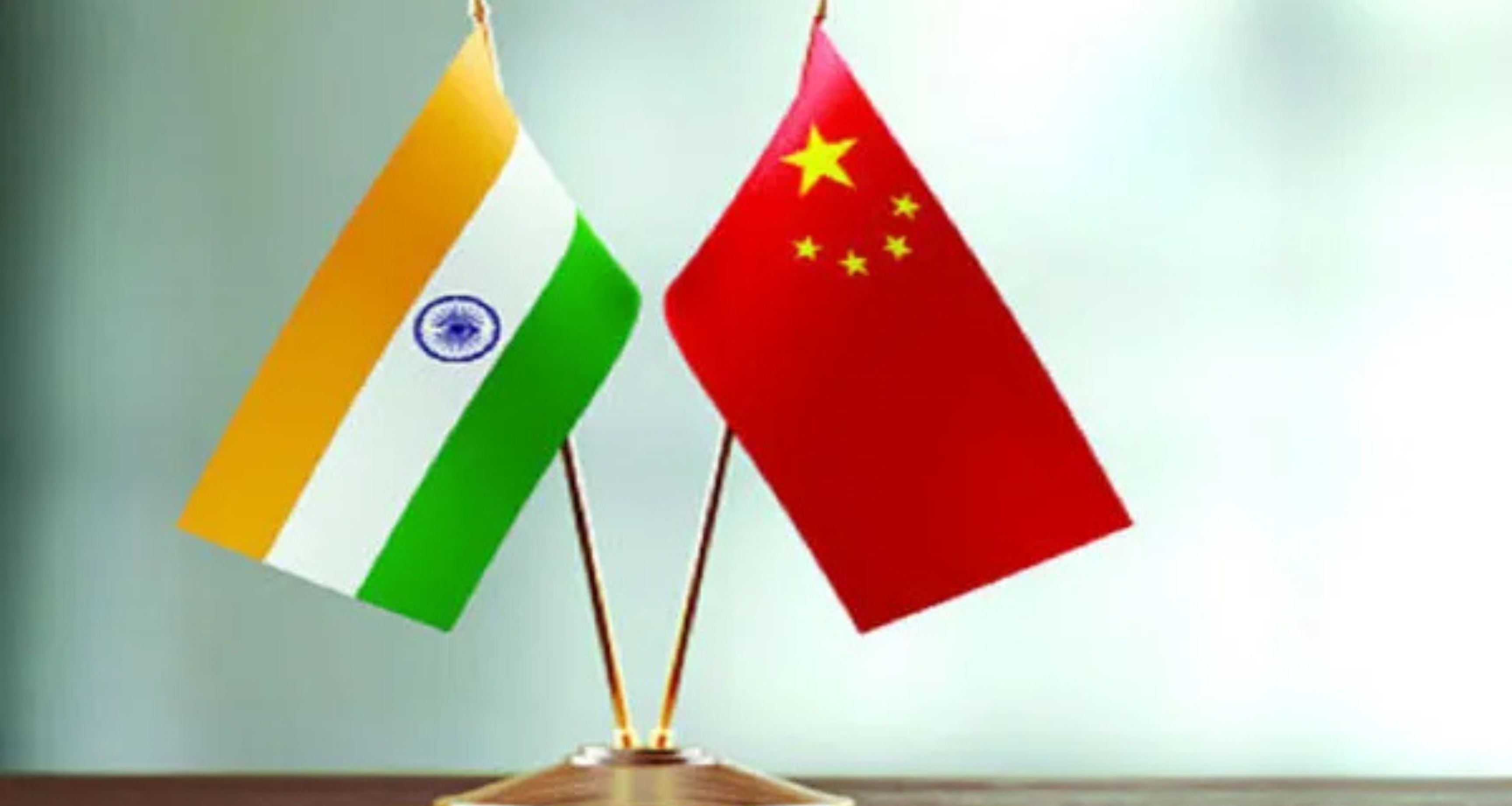
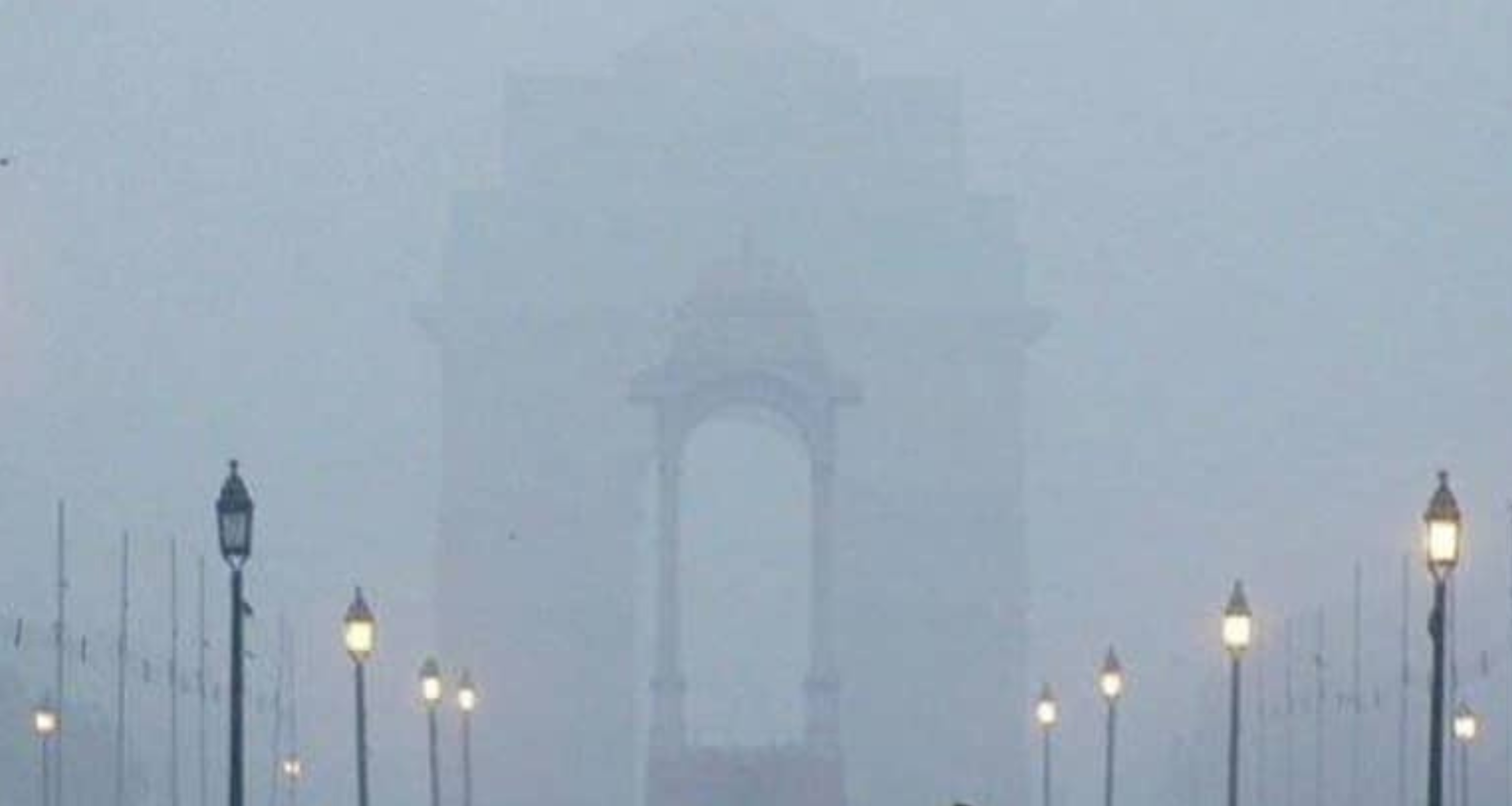




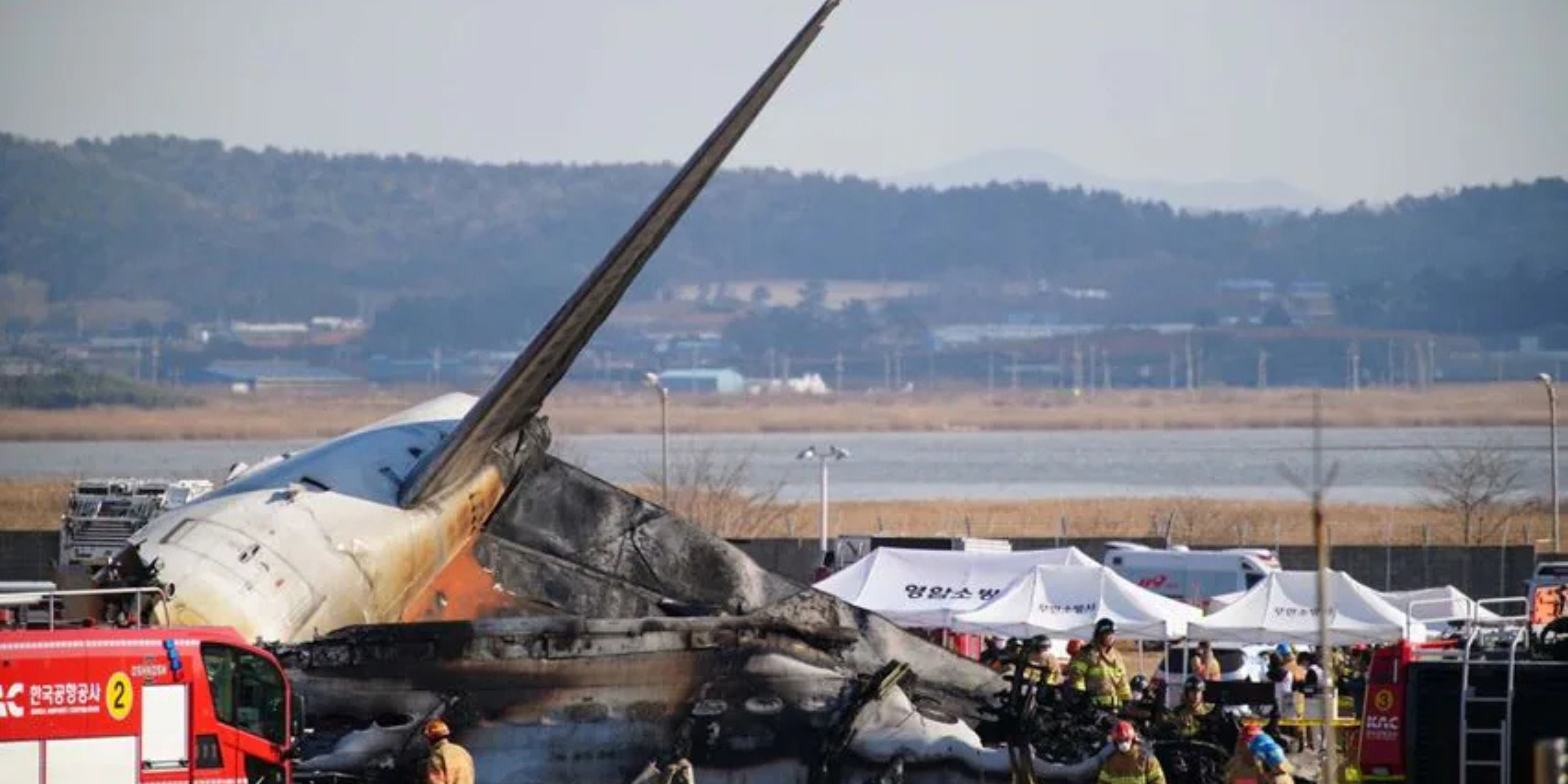
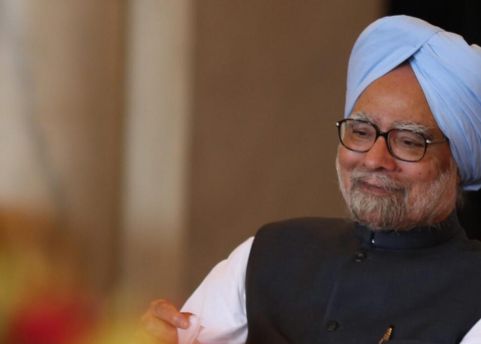









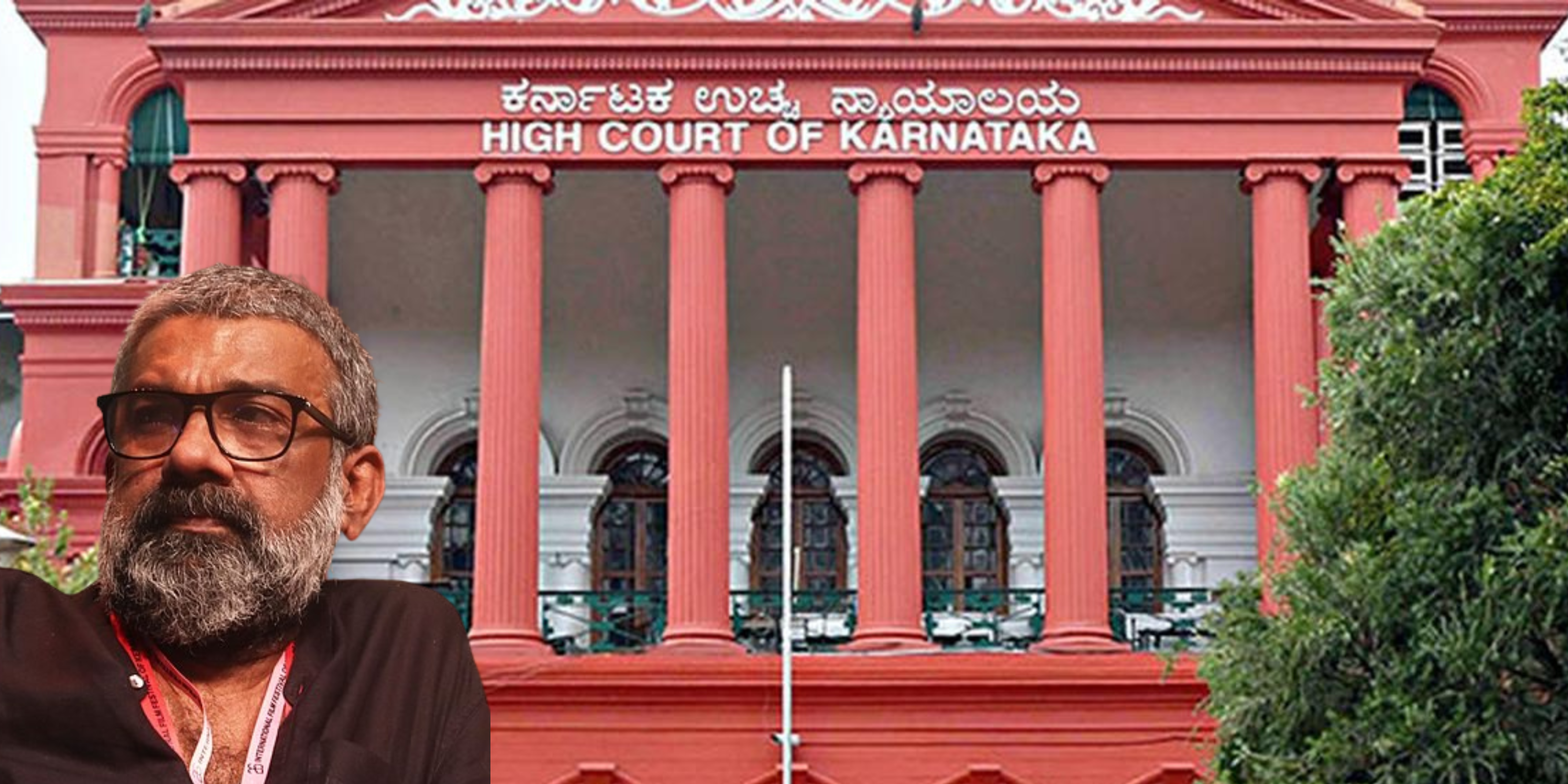
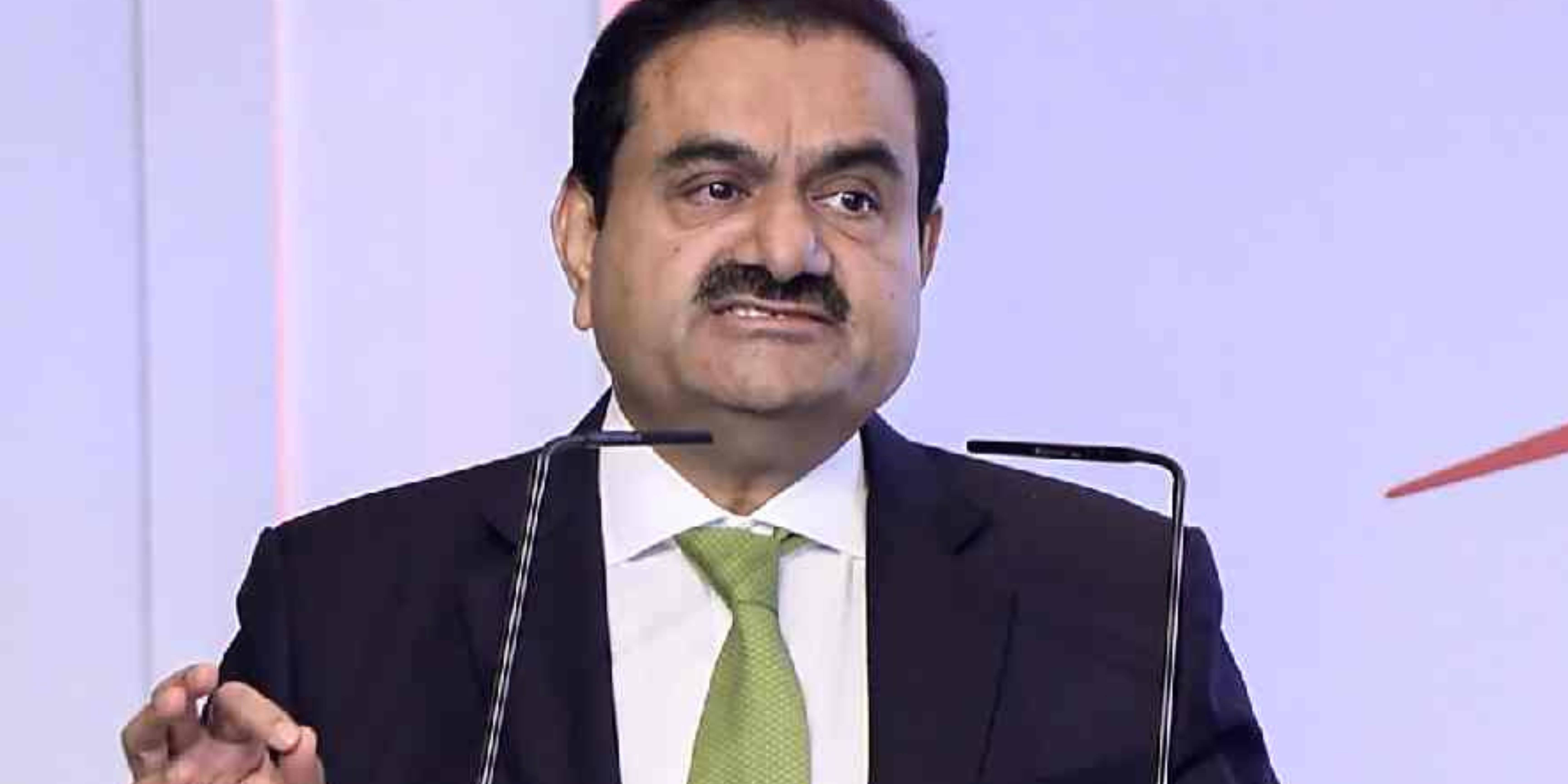

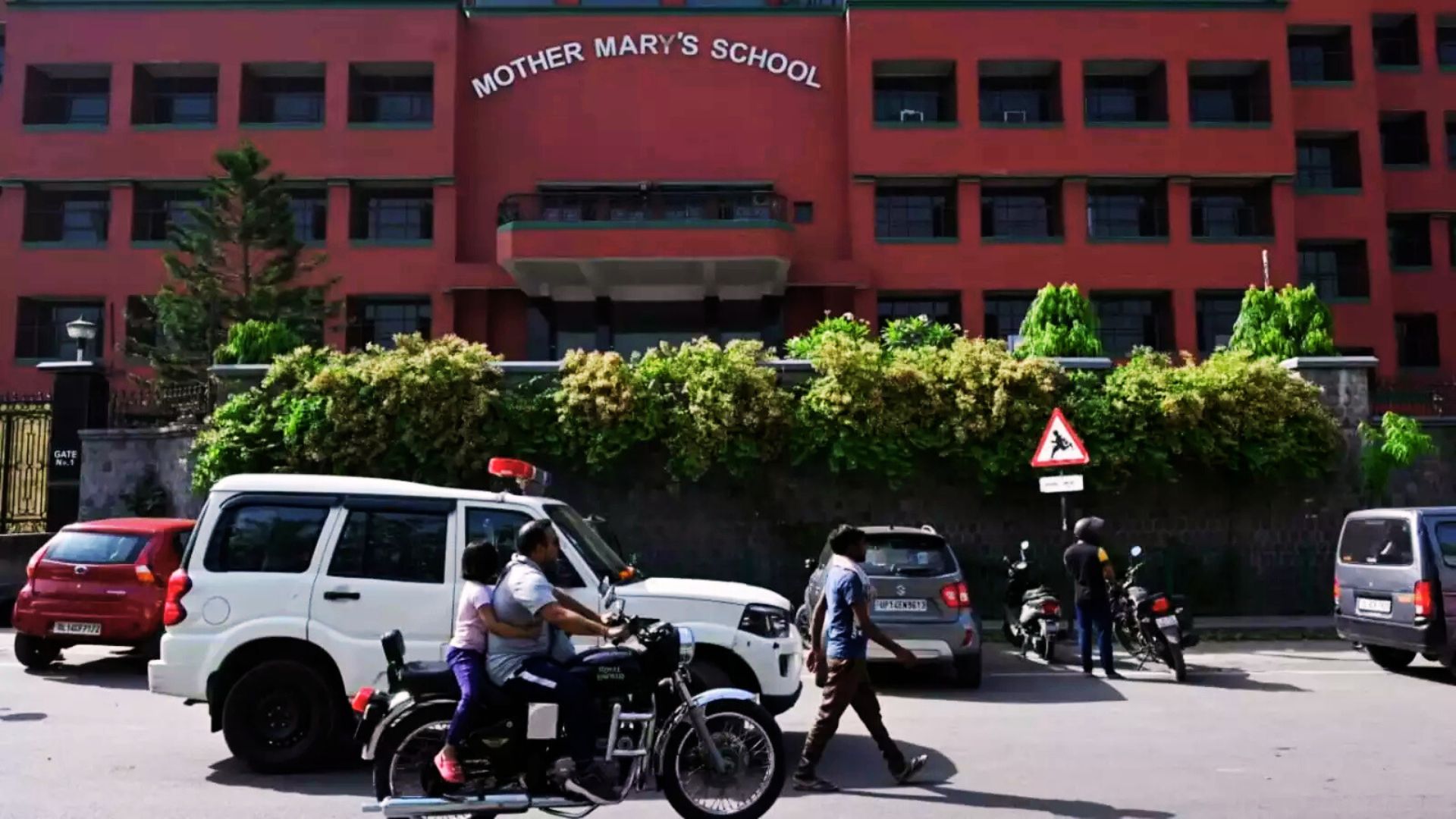
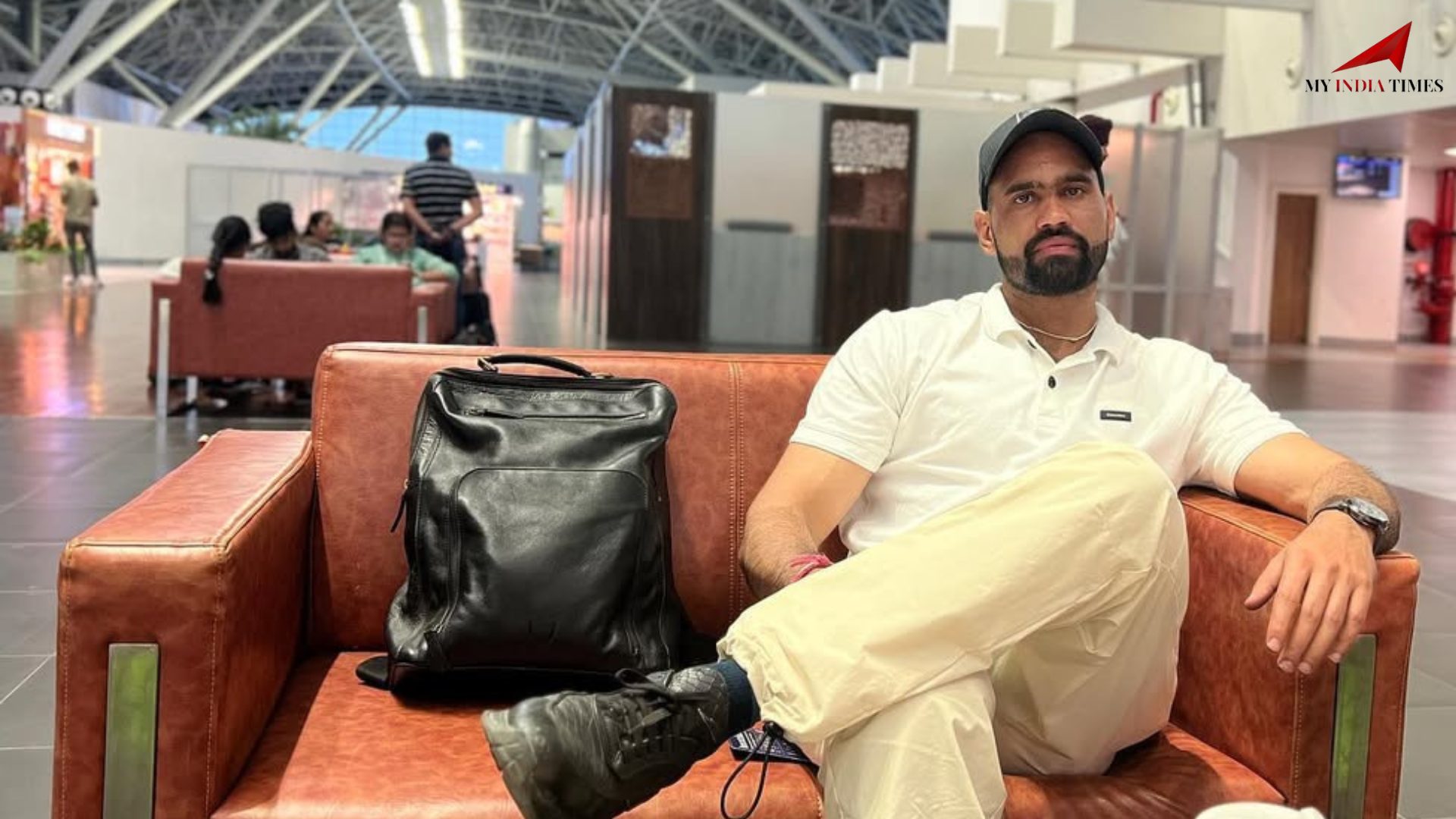
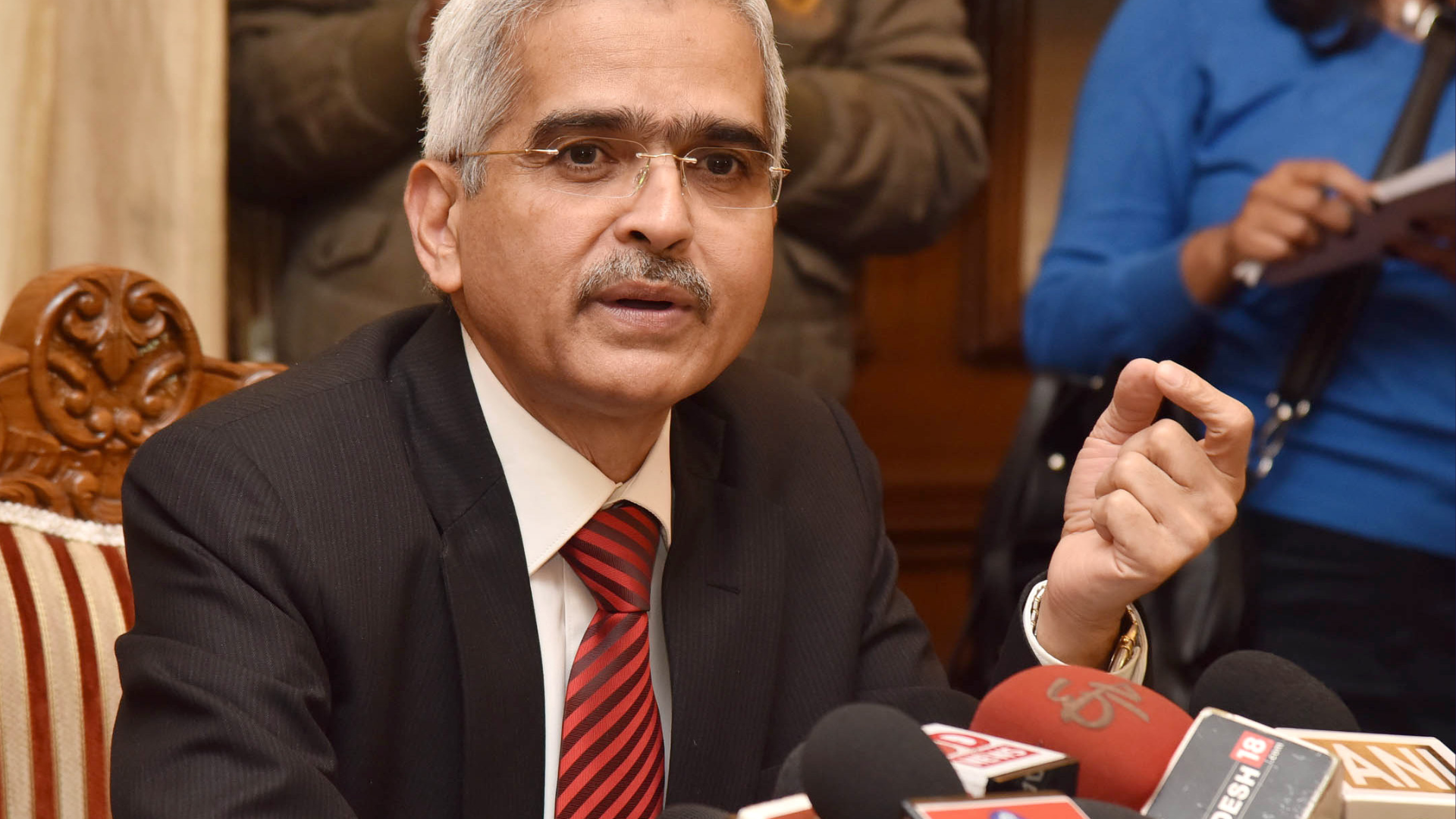







.png)
 (1).png)
